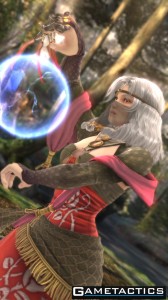 No fighter series changes as much from game to game as the Soul series does. Whether this makes SoulCalibur V a worthy sequel is largely up for debate and will likely be decided on the competitive circuit, but for my money, Soulcalibur V has one thing going for it above all else: It’s the only game that features Johnny Yong Bosch of Power Rangers fame as a manchild who places a mystical, sacred rod between his legs purely so he can smack his opponent around in a motion not unlike masturbation.
No fighter series changes as much from game to game as the Soul series does. Whether this makes SoulCalibur V a worthy sequel is largely up for debate and will likely be decided on the competitive circuit, but for my money, Soulcalibur V has one thing going for it above all else: It’s the only game that features Johnny Yong Bosch of Power Rangers fame as a manchild who places a mystical, sacred rod between his legs purely so he can smack his opponent around in a motion not unlike masturbation.
That manchild, Xiba, is but one of the 8 new characters found in Soulcalibur V. Most of the newcomers have some relationship to another cast member, but they play significantly differently. Those looking for an equivalent to mainstays such as Xianghua or Sophitia may find themselves disappointed. Even Kilik, though playable, does not retain his old fighting style and only mimics those of other characters. For whatever reason, Namco Bandai decided to take the Soul series in a wildly different direction both in characters and gameplay.
And yet, that direction somehow led Soulcalibur V directly into territory already forged by Street Fighter III. That isn’t to say the two games play similarly at all. The gameplay is definitely that of the Soul series. But to say that Soulcalibur V resembles Street Fighter III conceptually is an understatement akin to saying that Hunter S. Thompson dabbled in recreational drugs. It almost seems at times that game director Daishi Odashima and co. went out of their way to incorporate elements of Street Fighter III to a fault.
Even the gameplay changes are similar. Soulcalibur V tosses out the Critical Finish system from IV and replaces it with a super meter (dubbed the Critical Gauge) like those found in traditional 2D fighters. At the cost of one Critical Gauge meter, players can use a super move called the Critical Edge with the double quarter-circle forward that is all too familiar to fighting game fans. Players can also use more powerful versions of moves (called Brave Edges) for half a Critical Gauge meter.
The Guard Impact countering system has also been changed to use half a Critical Gauge meter. However, this cannot be discussed without mentioning V’s take on Street Fighter III’s parry: the Just Guard. By tapping the guard button at the moment of an attack’s impact, a player will counter the opponent and have the frame advantage to attack, just like Street Fighter III.
Though the gameplay changes may be familiar, this is new territory for 3D fighters and especially the Soul series, so it feels more experimental than unoriginal. One effect of sweeping change is that it will put off some fans, so players’ mileage may vary on whether these changes are worthwhile. The gameplay is solid and should entertain fans of the Soul series for many, many matches so long as the changes are suited to their tastes.
…Or at least that must be developer Project Soul’s hope, because it’s clear that the rest of the game is not as inspired as the gameplay changes or the new cast. The story mode, which takes place 17 years after the events of IV, Is certainly adequate, especially for a fighter. It’s on the short side and only involves a handful of characters, but it’s mostly coherent, despite how it strangely attempts to trade on its convoluted mythology and fool the player into believing that he or she is viewing an epic tale unfold. To its credit, it succeeds at times, though a little knowledge of who protagonists Patroklos and Pyrrha are and the mythology surrounding the eponymous weapons of the Soul series goes a long way, even if the other characters and their conflicts are introduced and resolved quicker than a Full House episode.
The rest of the single-player options are disappointing at best. An insanely difficult boss mode called Legendary Souls exists for those inclined. Quick Battle allows players to gain titles for use in multiplayer by facing a host of created characters, hilariously including Katsuhiro Harada, the director of Tekken. Arcade mode provides the player with a series of six battles, but outside of challenging your own or your friends’ previous times, there are no real incentives to beat the game, as there are no character endings this time around.
Luckily for Namco Bandai, the two remaining modes are where this game shines. Character creation has been expanded, and one needs only look at YouTube to see the highs and lows that players have reached. Nearly every aspect of a character is customizable, and this time around, physical aspects like height make a difference in created characters’ damage and hitboxes, meaning that customization goes beyond the cosmetic. Created characters, as always, can be taken in versus both online and offline.
Online multiplayer contains the usual Player Match and Ranked Match options. The Global Colosseo mode is the interesting addition here, as it allows players to hop into lobbies named after different regions of the world. Once there, they can randomly be matched up, enter a tournament at specified times, or send messages to one another. It’s a fun way to gather players together, and it’s encouraging to see Soulcalibur V attempt something different here. The netcode is serviceable, but like most fighting games, it will frustrate at times, and those looking for a real competitive experience should remain in offline versus.
Graphically, the game is a marginal improvement on its predecessor, but character designs and stages remain beautiful. The artistic standards of the Soul series are held up here. Critical Edge attacks are detailed and eyecatching. Stages include lots of detail and even vary from round to round. Cinematics in the Story Mode are well done when they’re present, but for lack of time or willingness, most of it is told through narration over storyboards. This definitely decreases the effectiveness of the Story Mode and is a huge missed opportunity for Namco Bandai.
In the end, Soulcalibur V is what the player makes of it. Those looking for a deep single-player experience without an inclination to customize will find the game wanting after a few hours of play. For those who find the prospect of making Papa Smurf wielding the legendary Soulcalibur or Jesus using a pair of Kitty Claws alluring, the Character Creator will make this game more than worth the purchase. Soulcalibur V does enough things right to earn its place in an established series in a now-crowded fighter genre, but there are parts that feel half-baked. The foundation is solid enough to provide hours upon hours of entertainment, and most fans of the series will not be disappointed.
Gameplay
Graphics
Sound
Overall


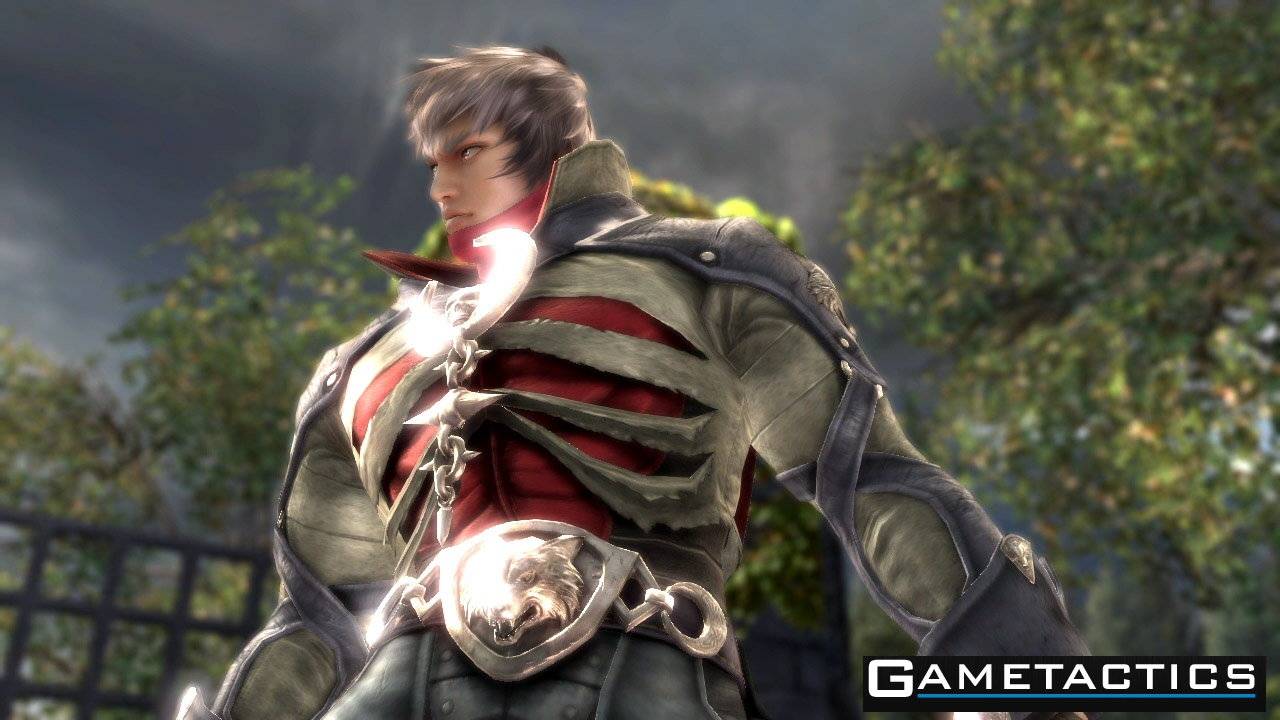
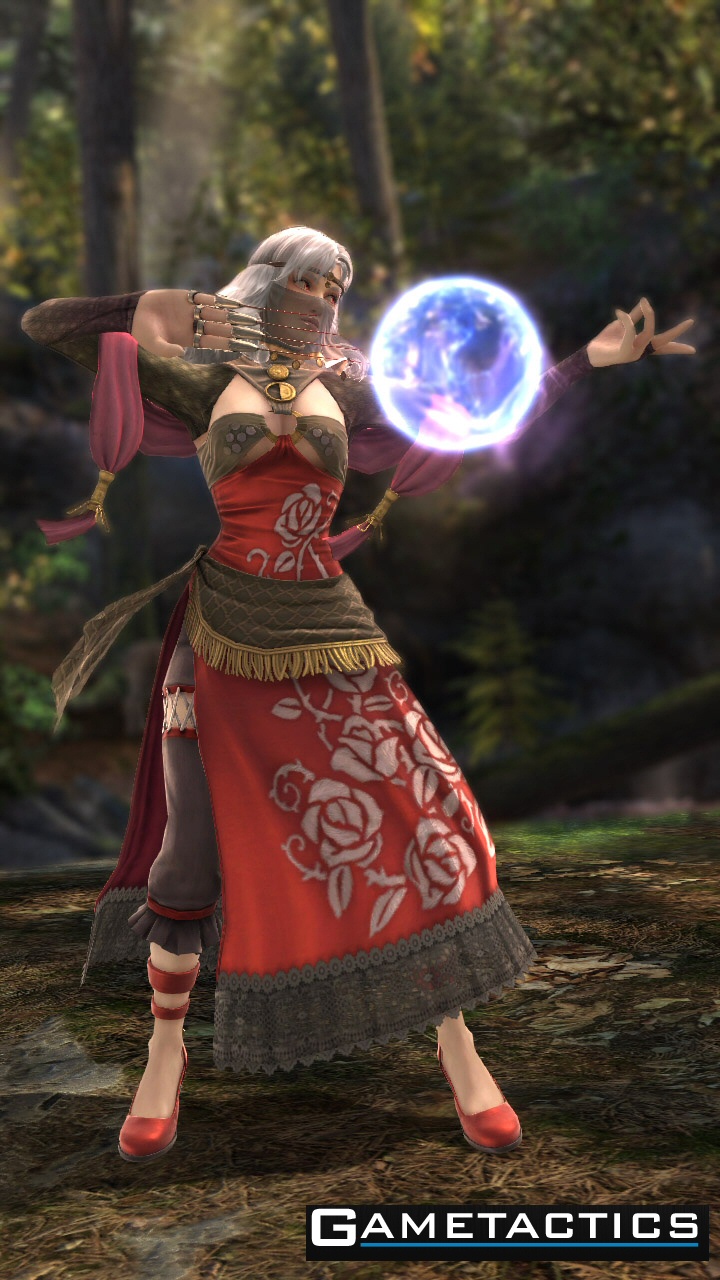
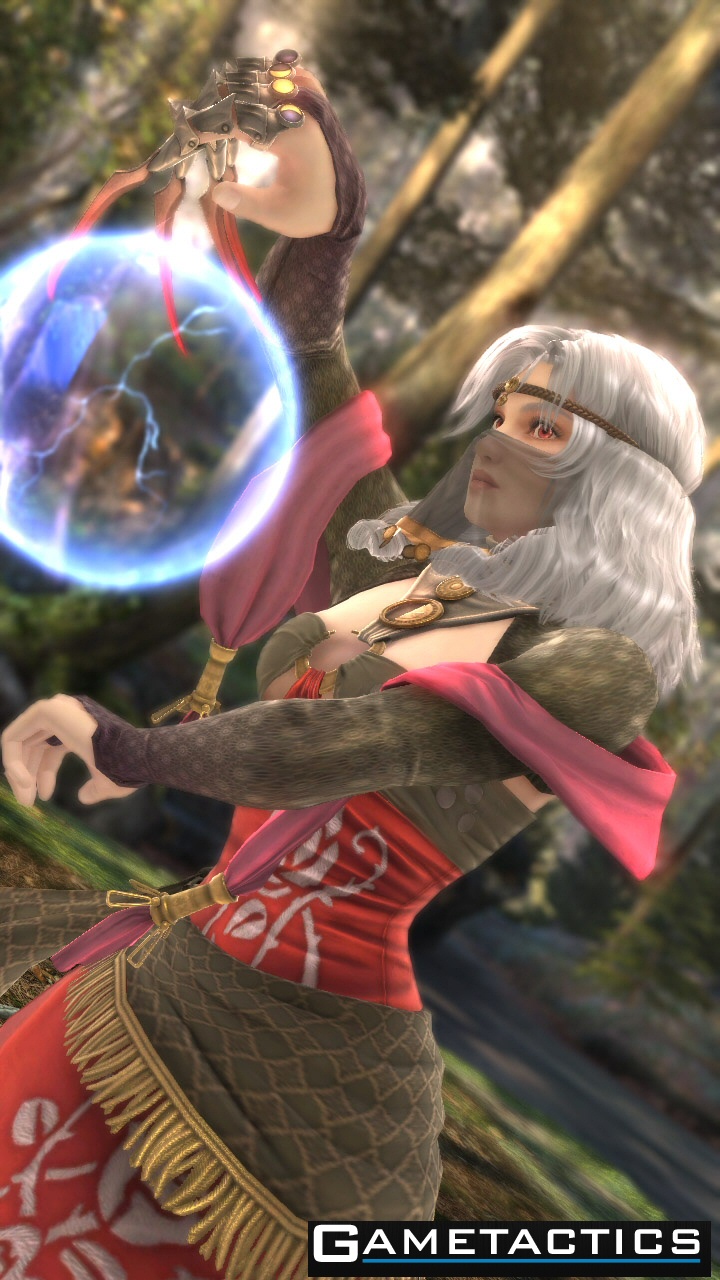
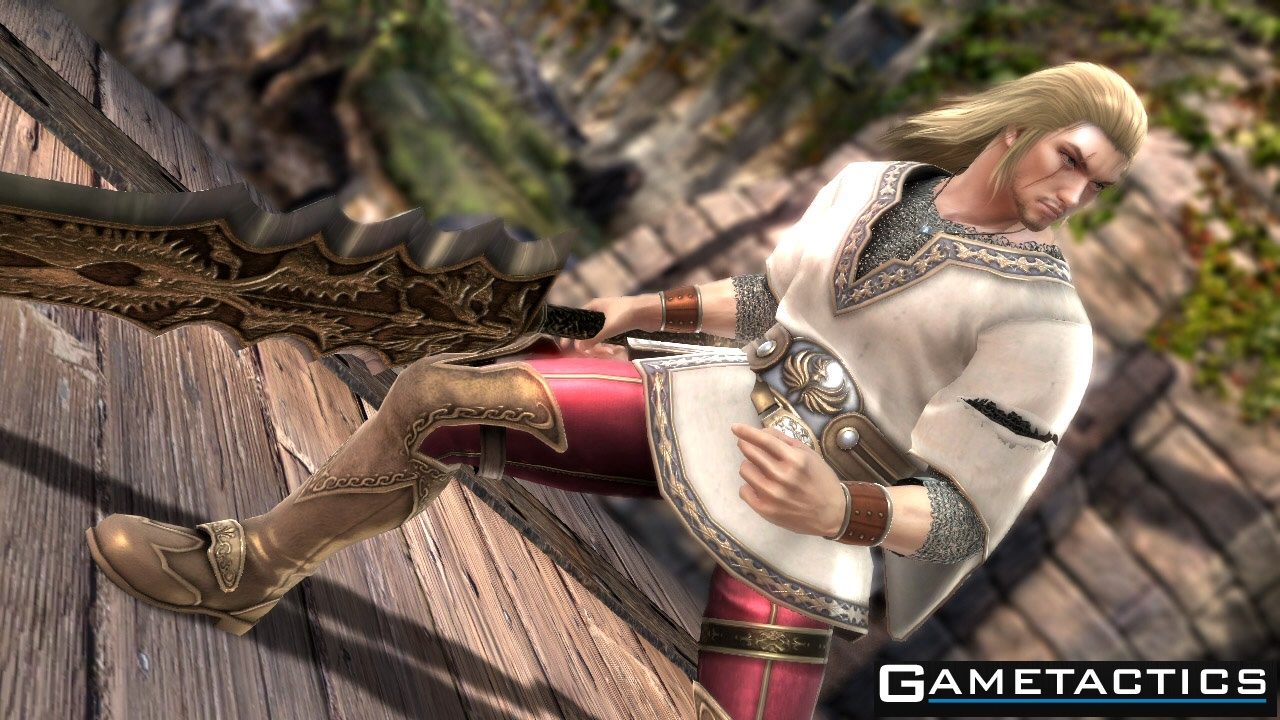
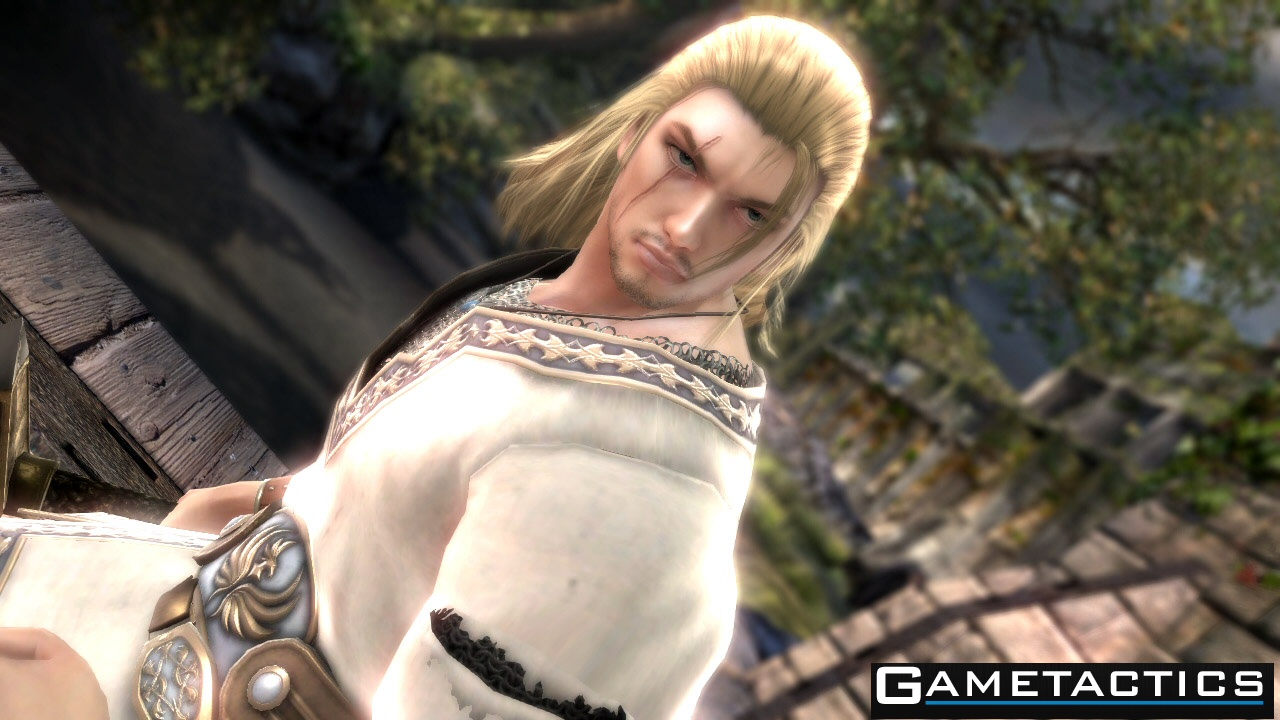
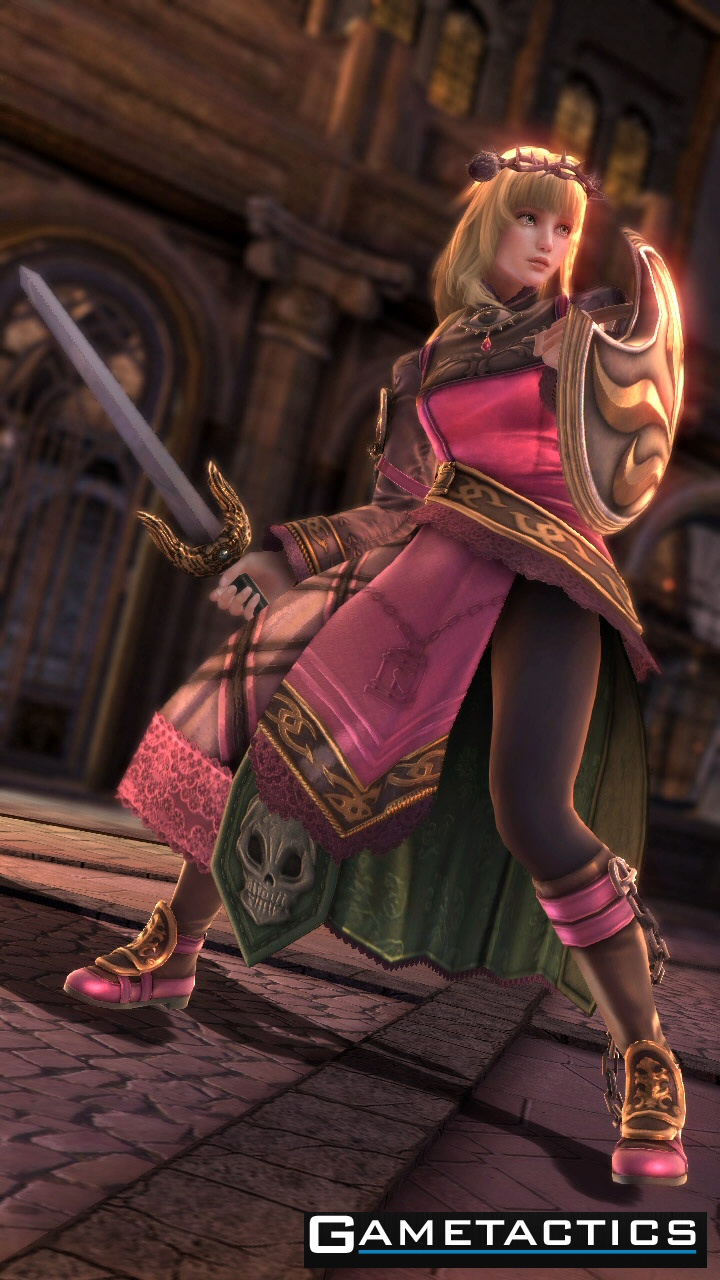
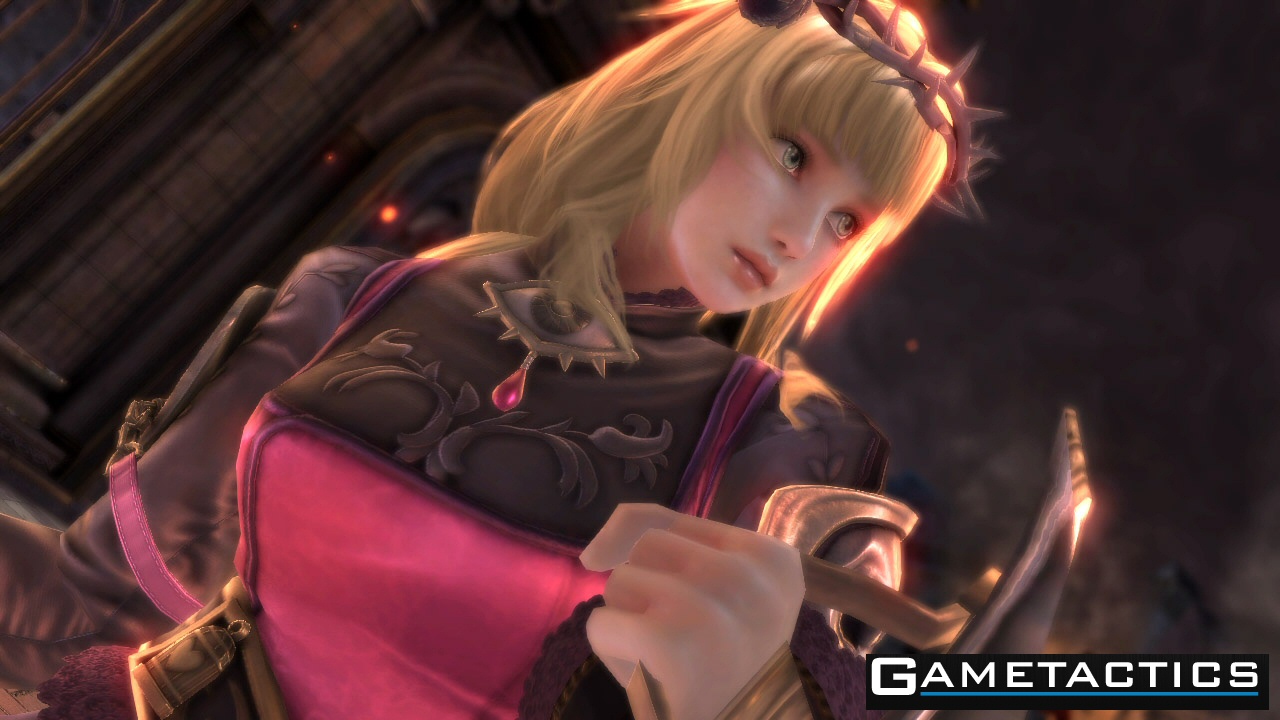
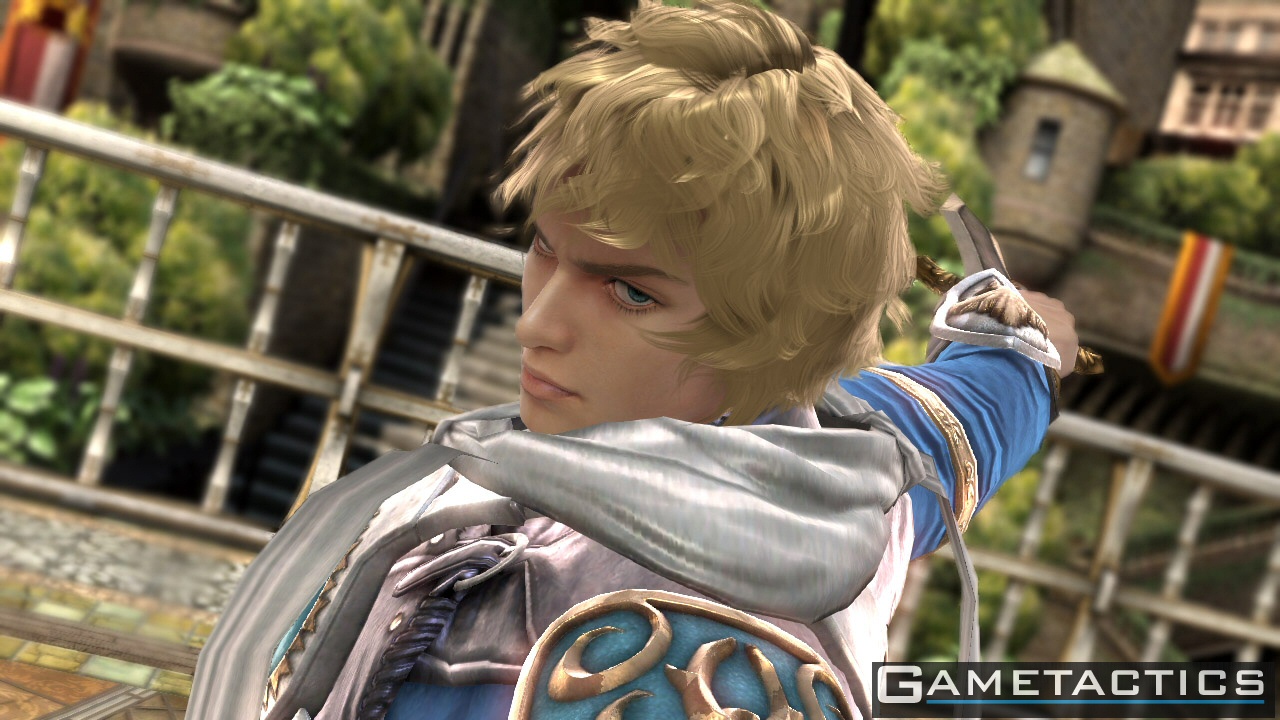
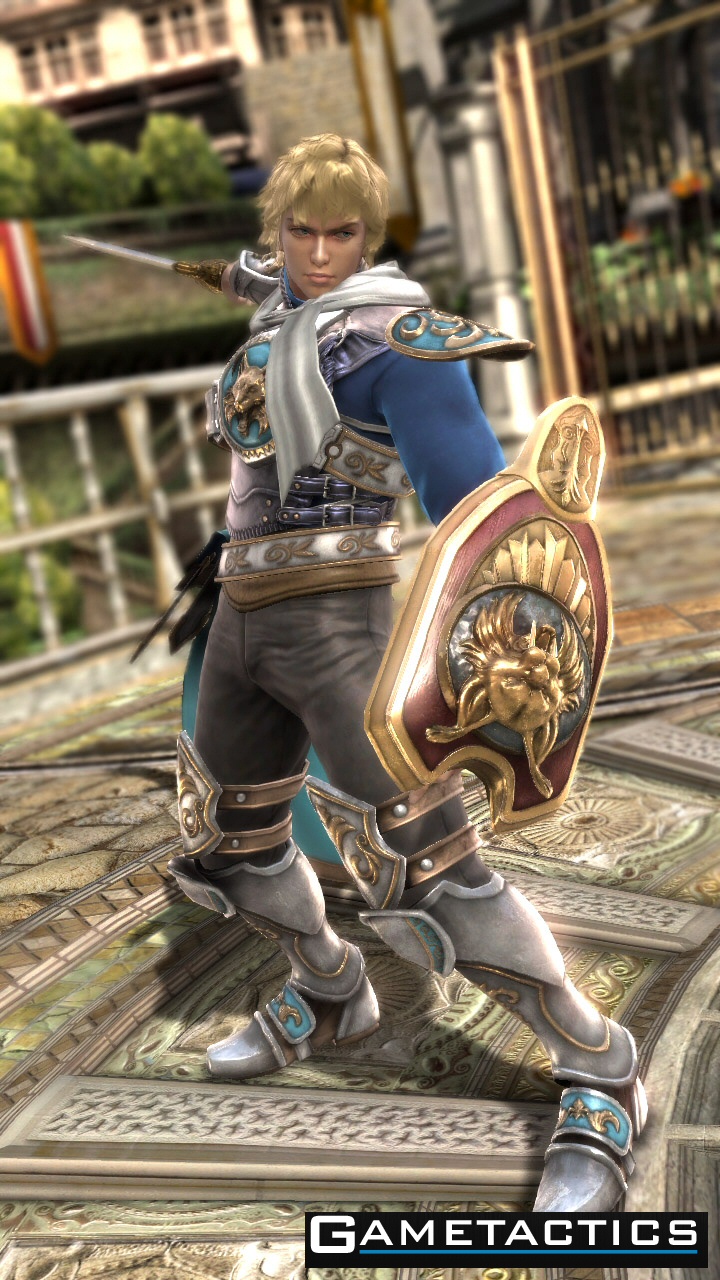
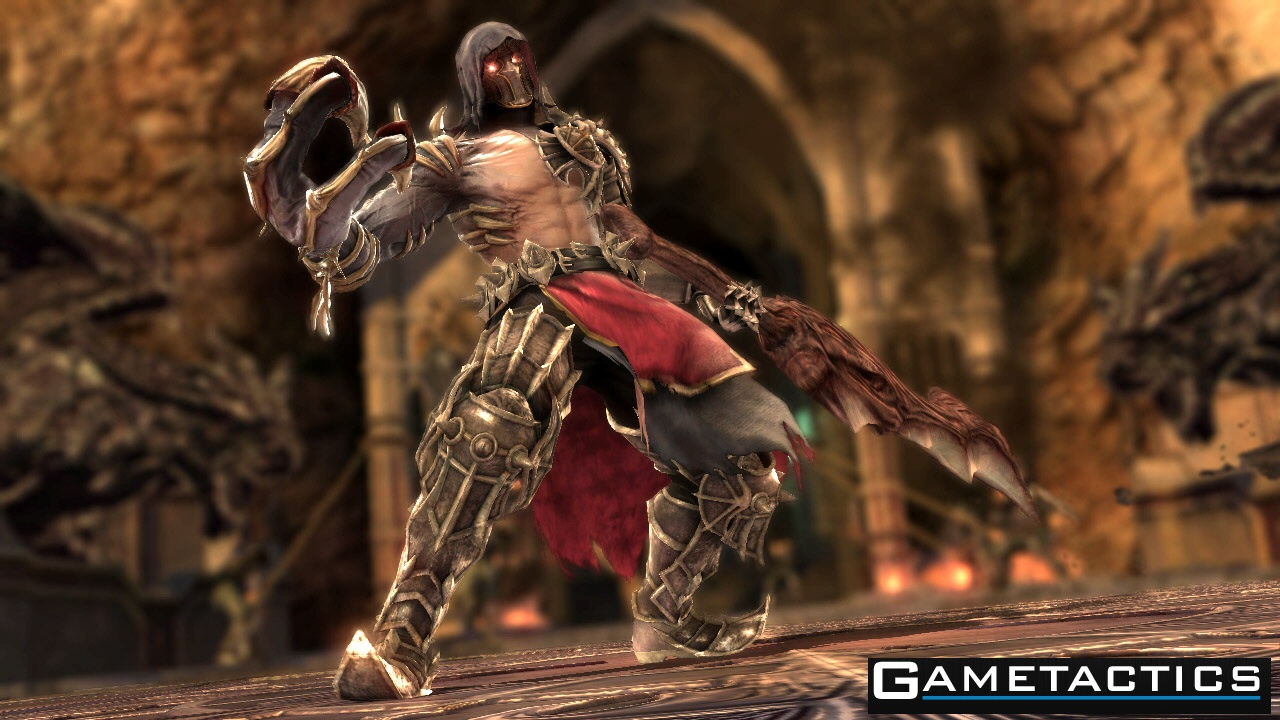
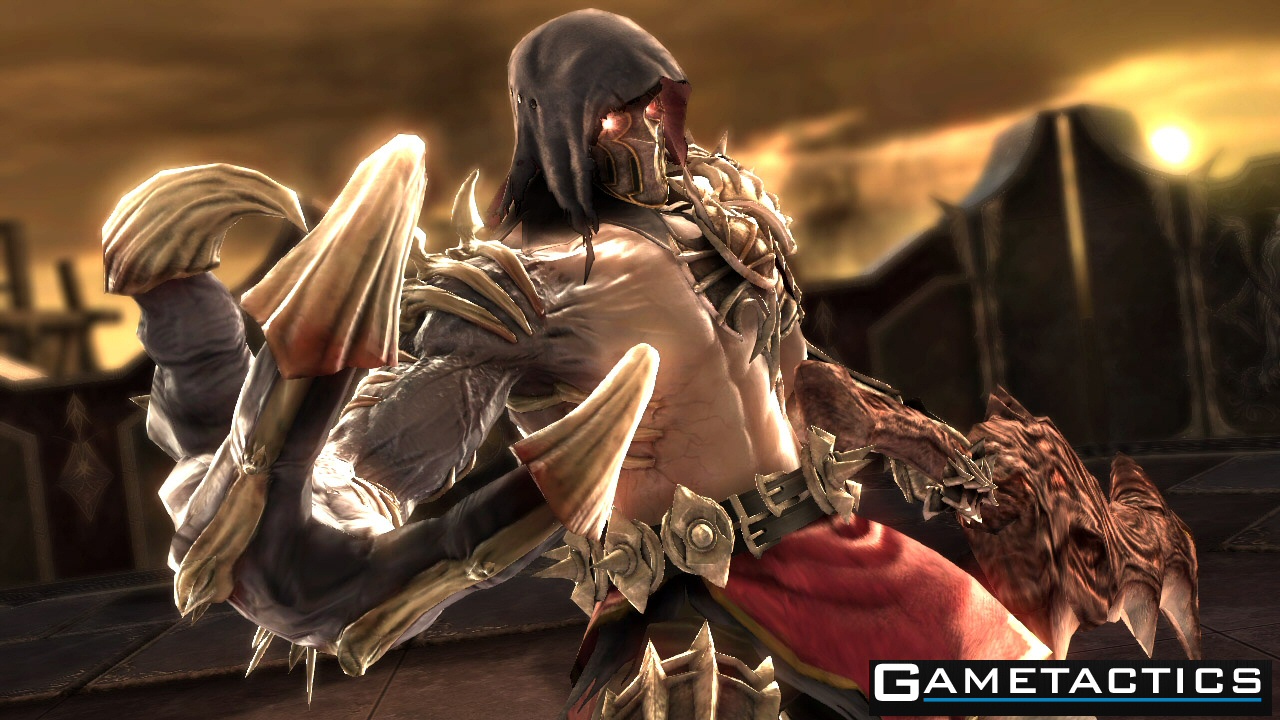
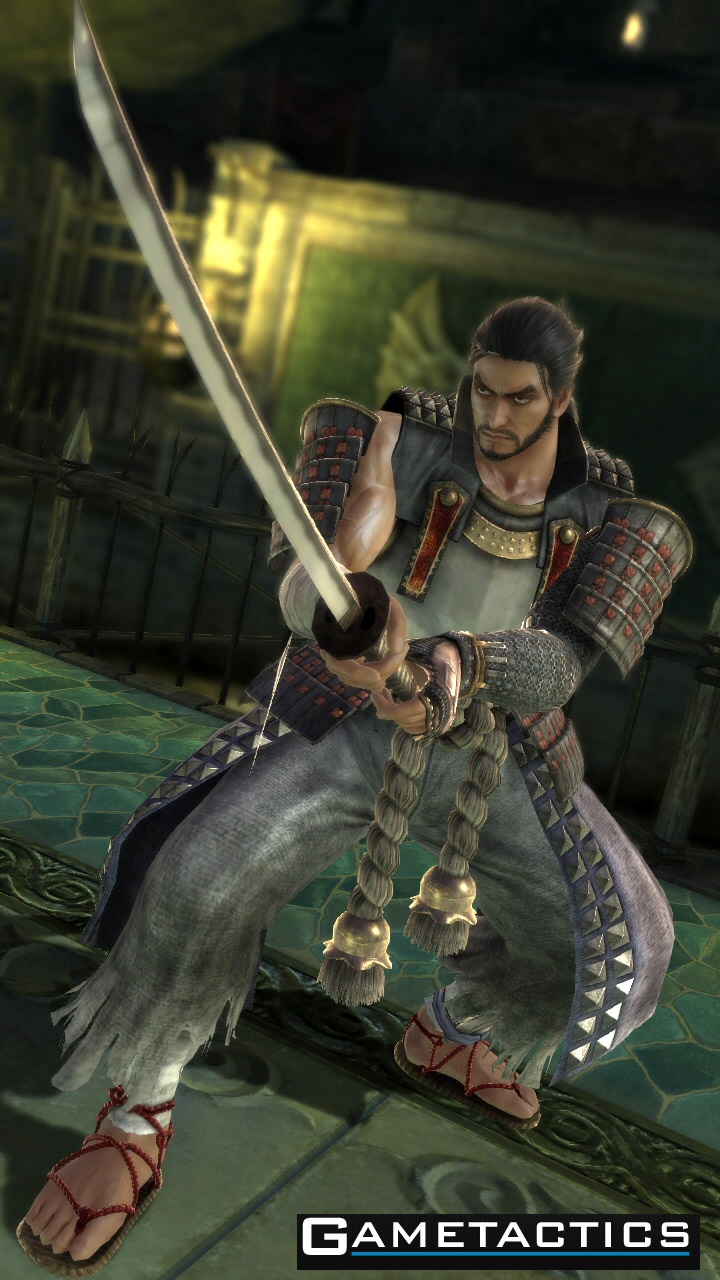
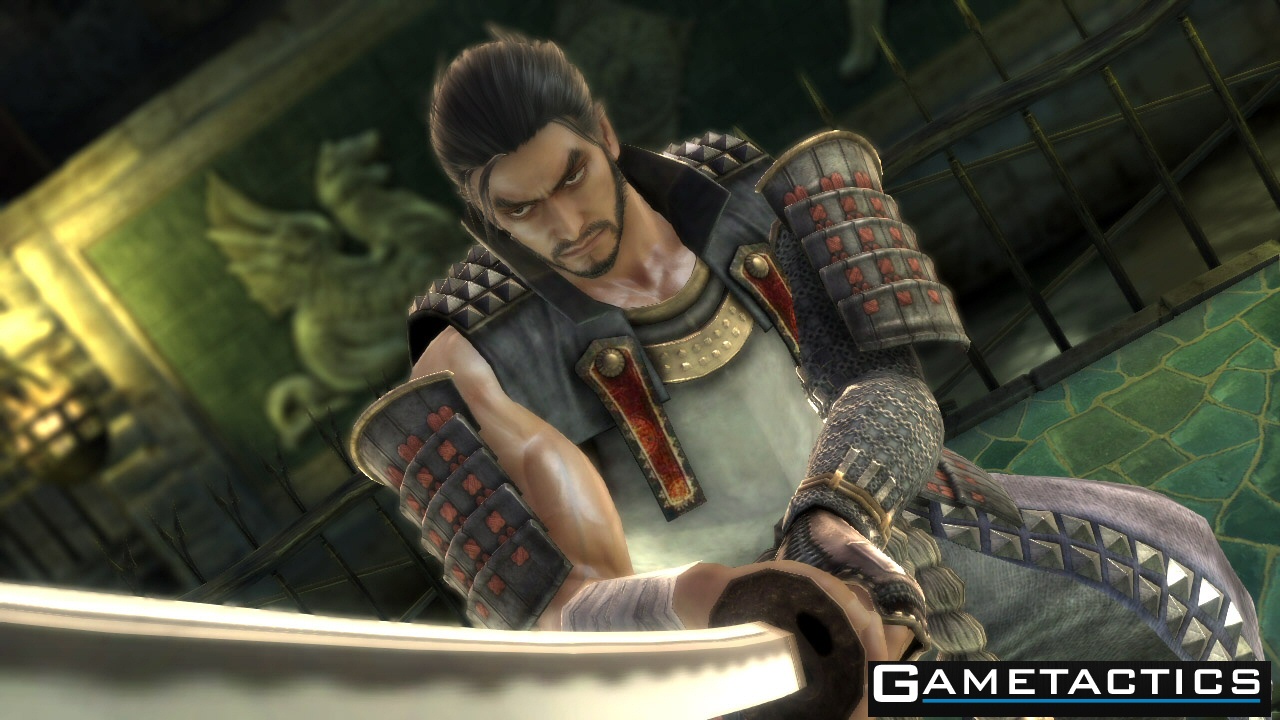
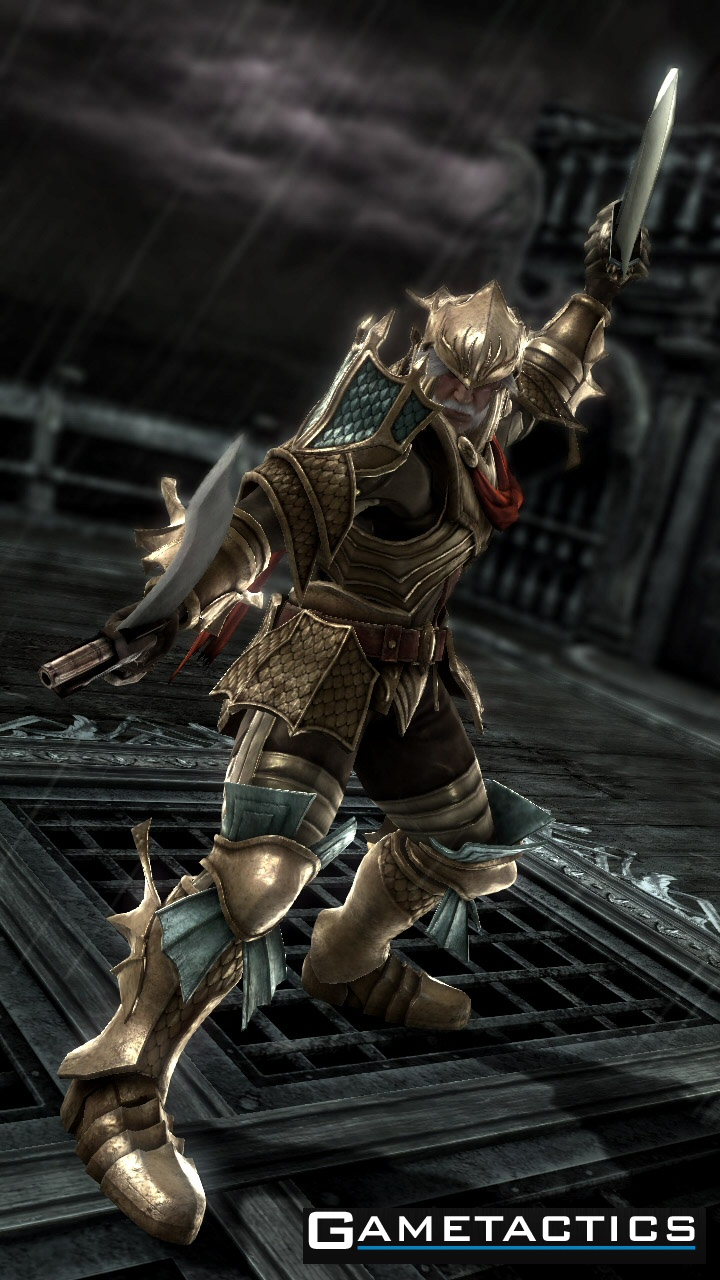
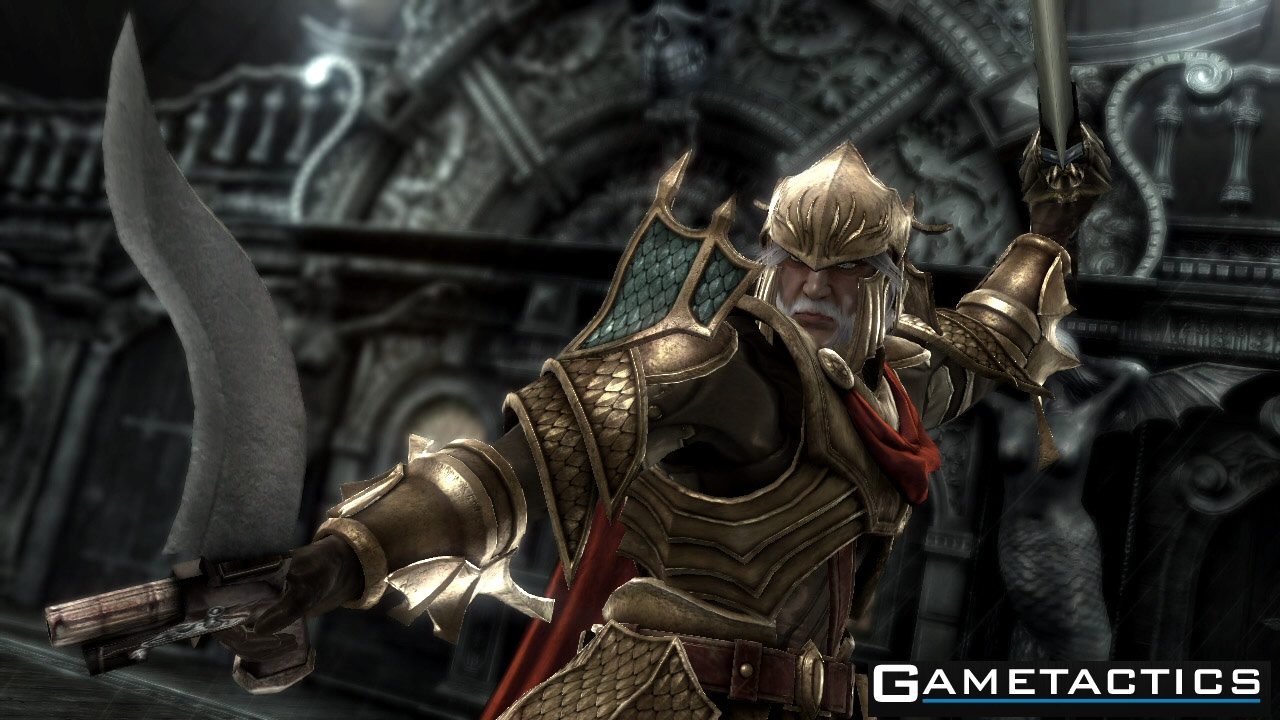
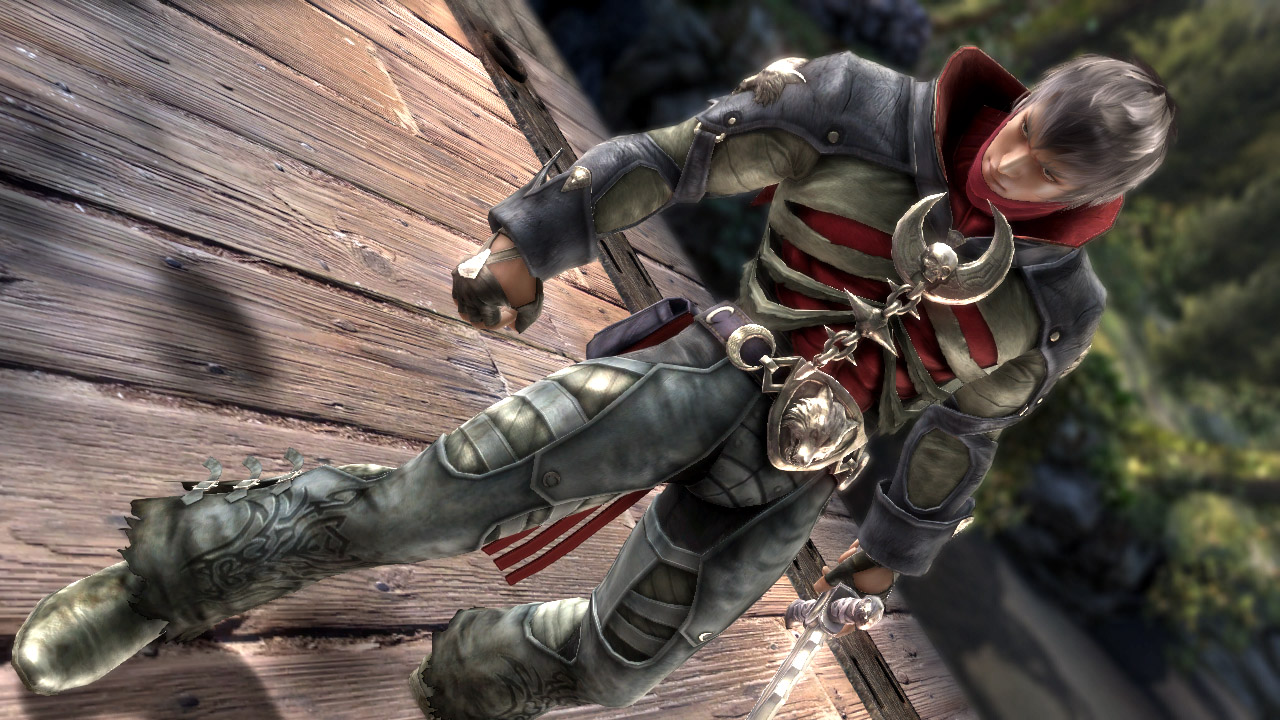
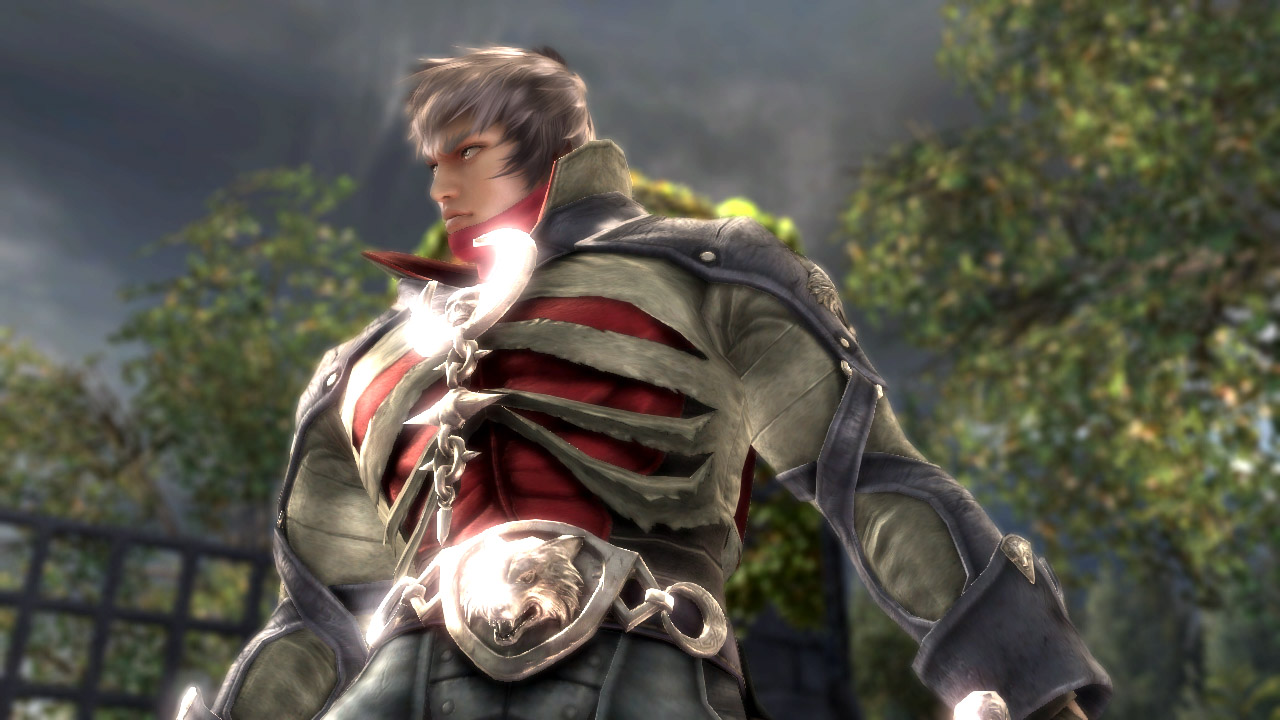
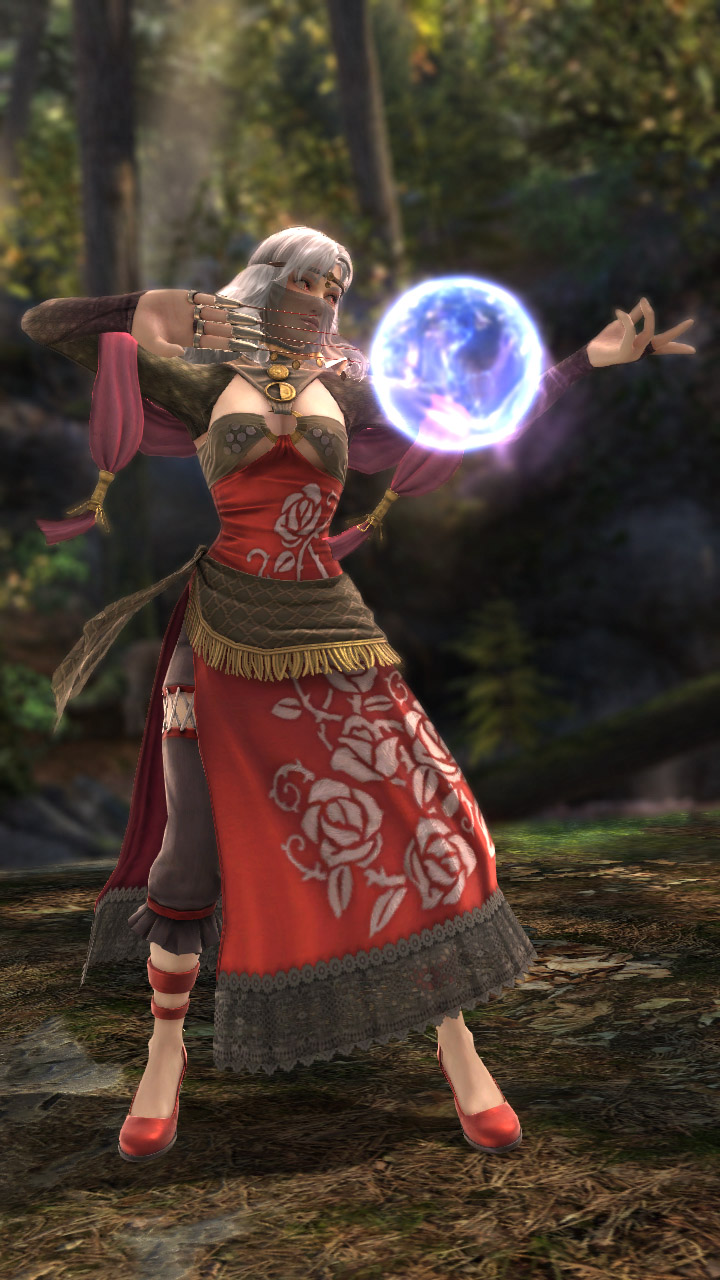
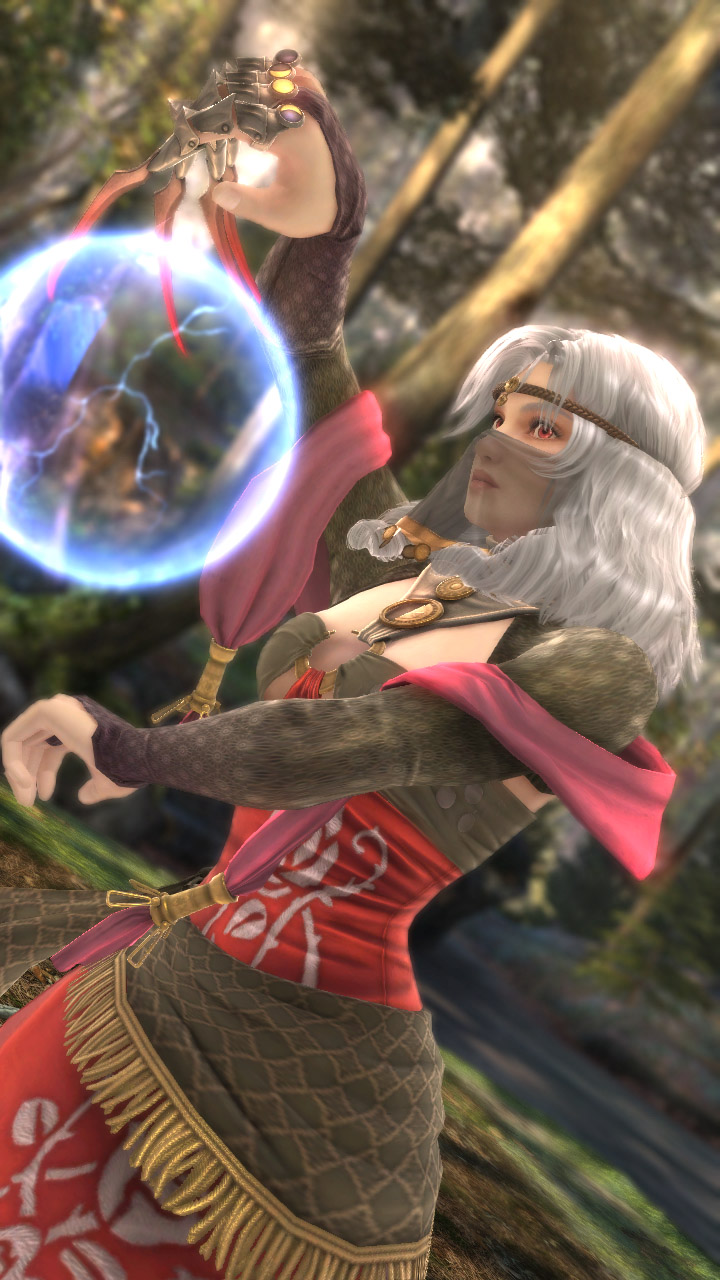
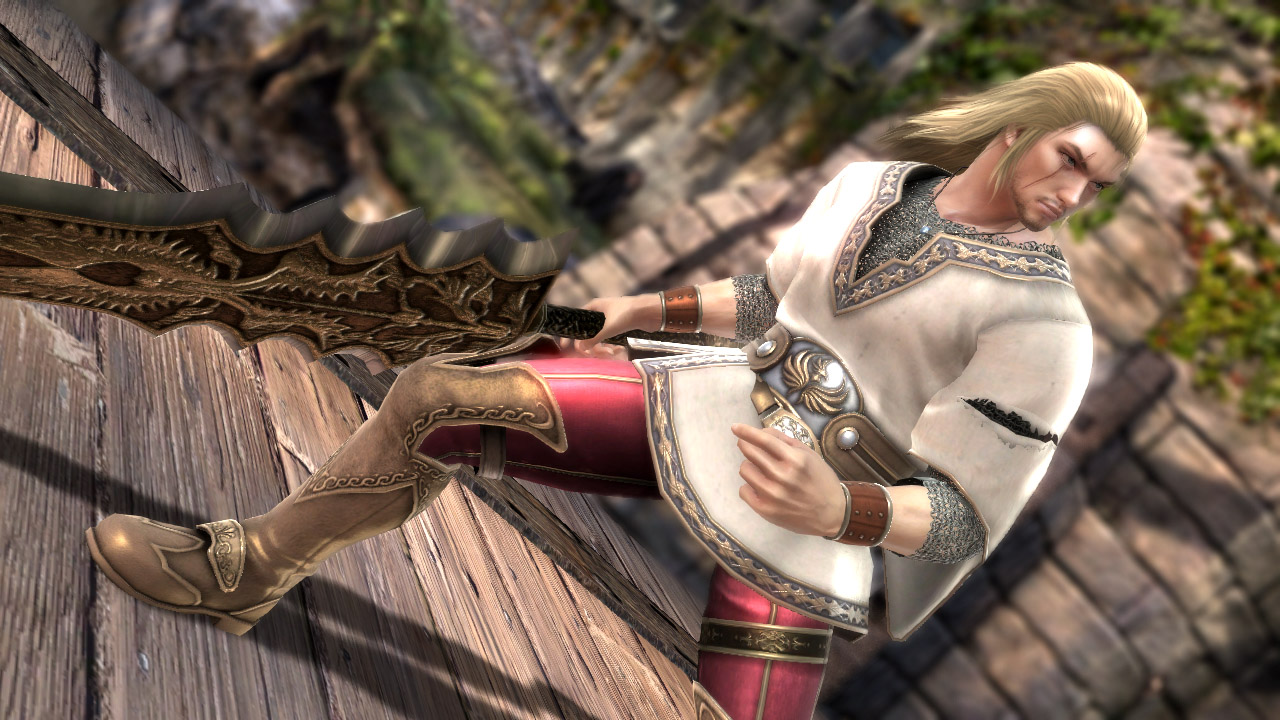
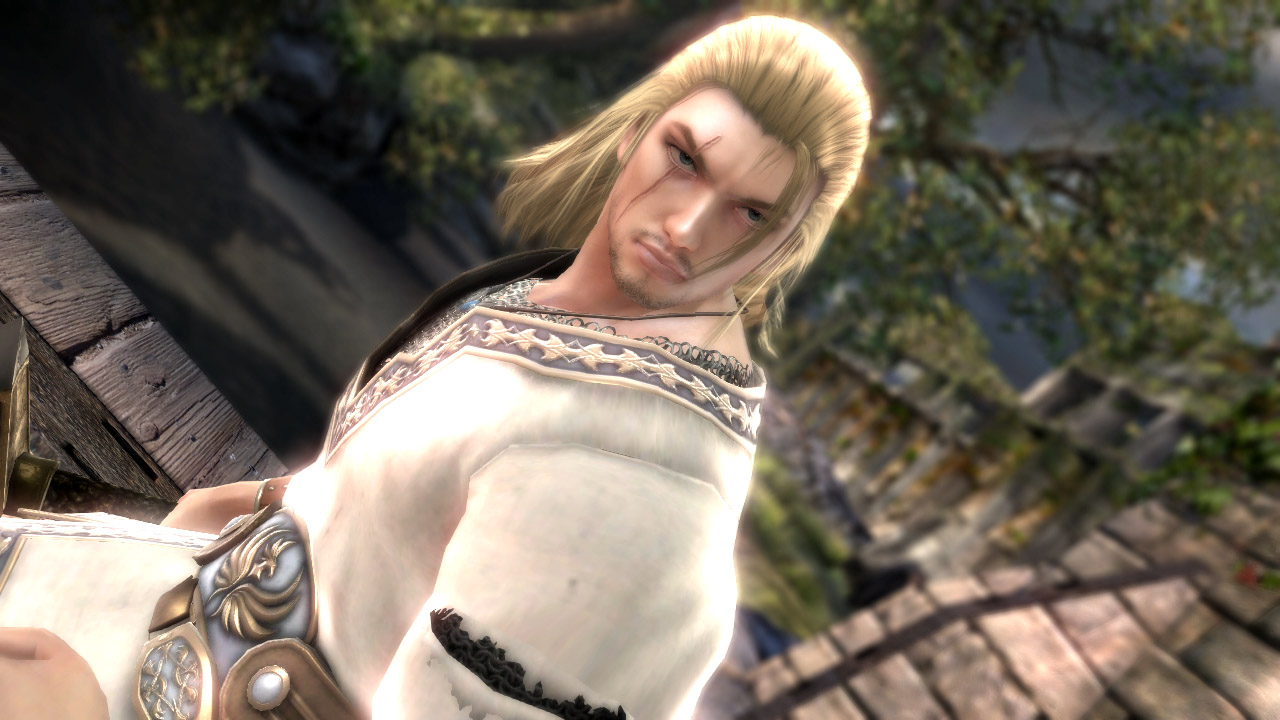
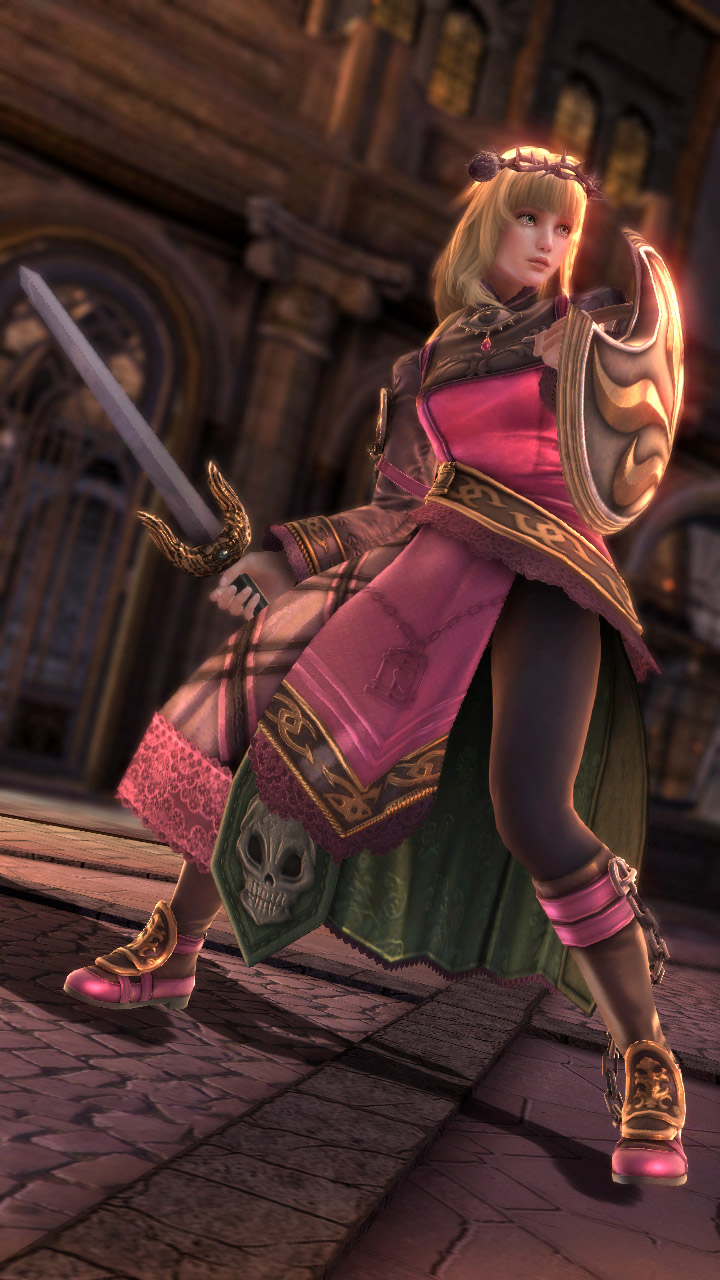
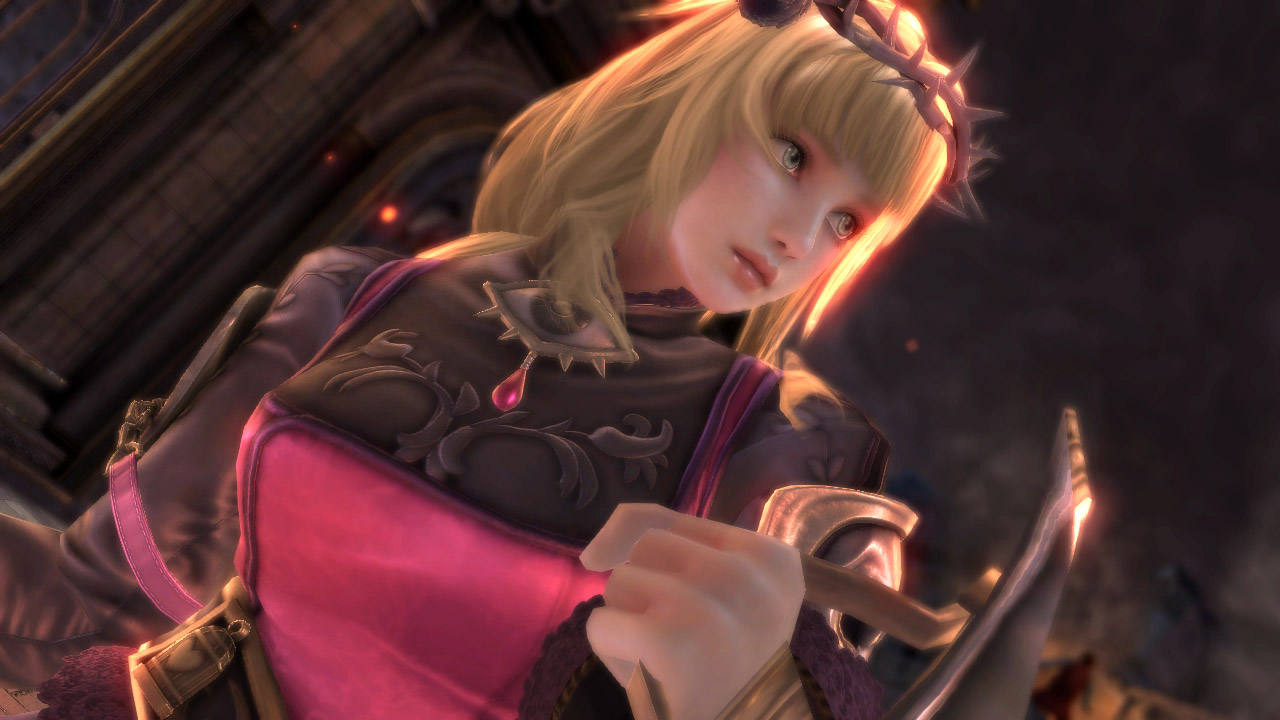
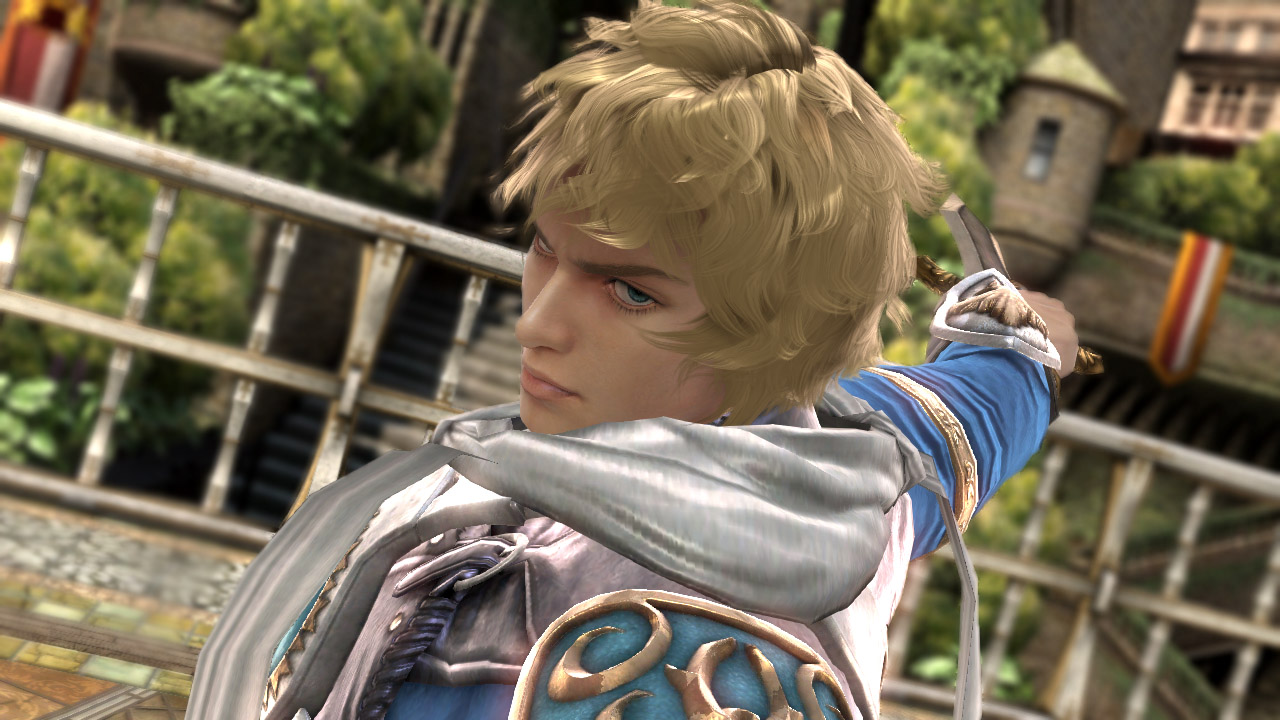
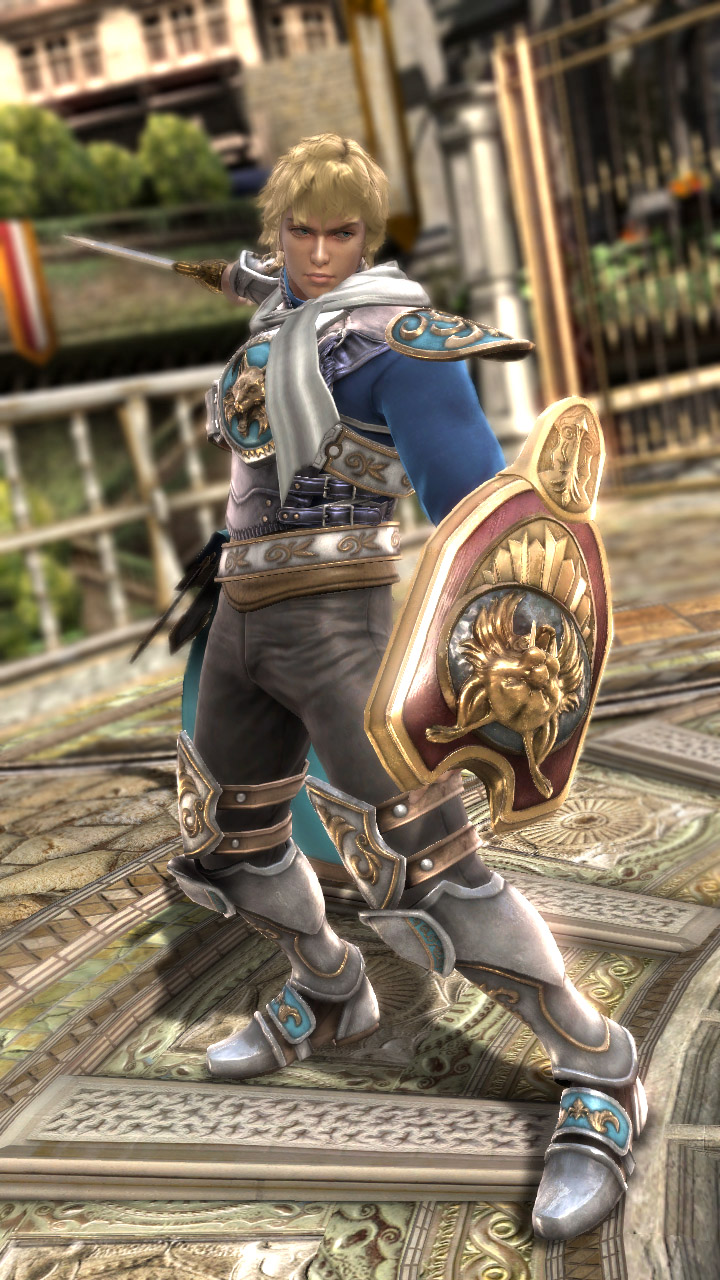
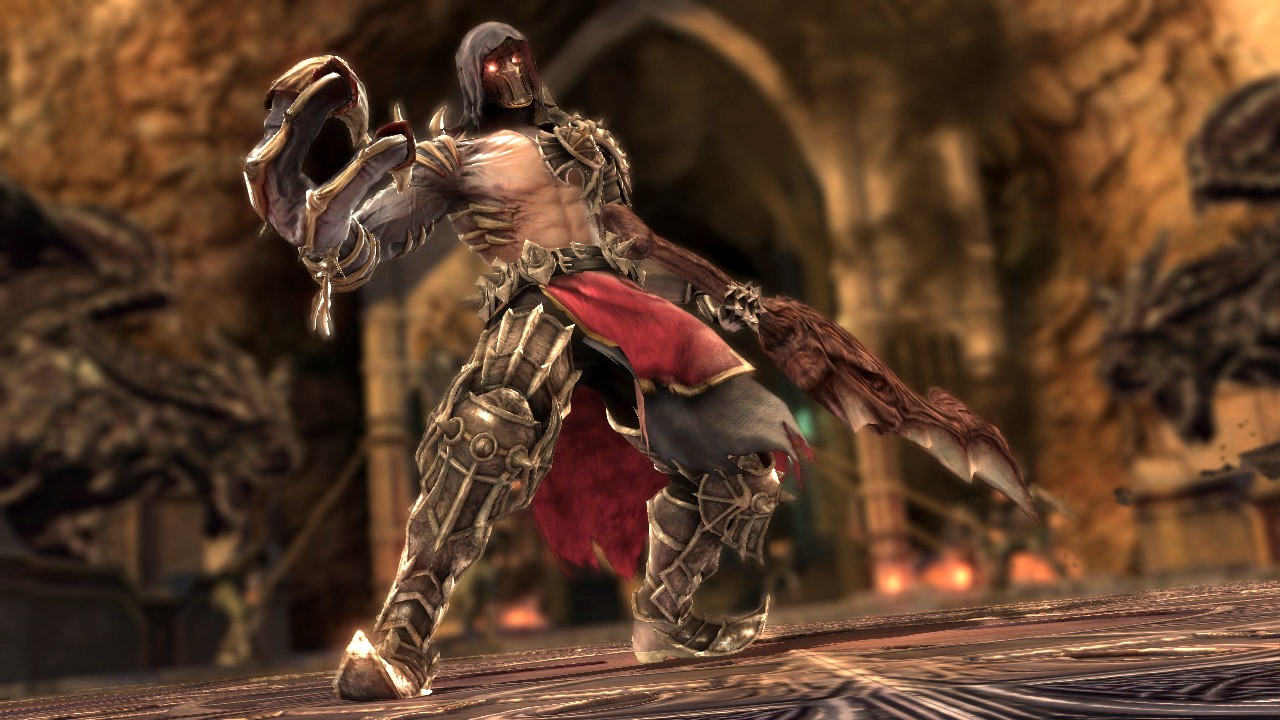
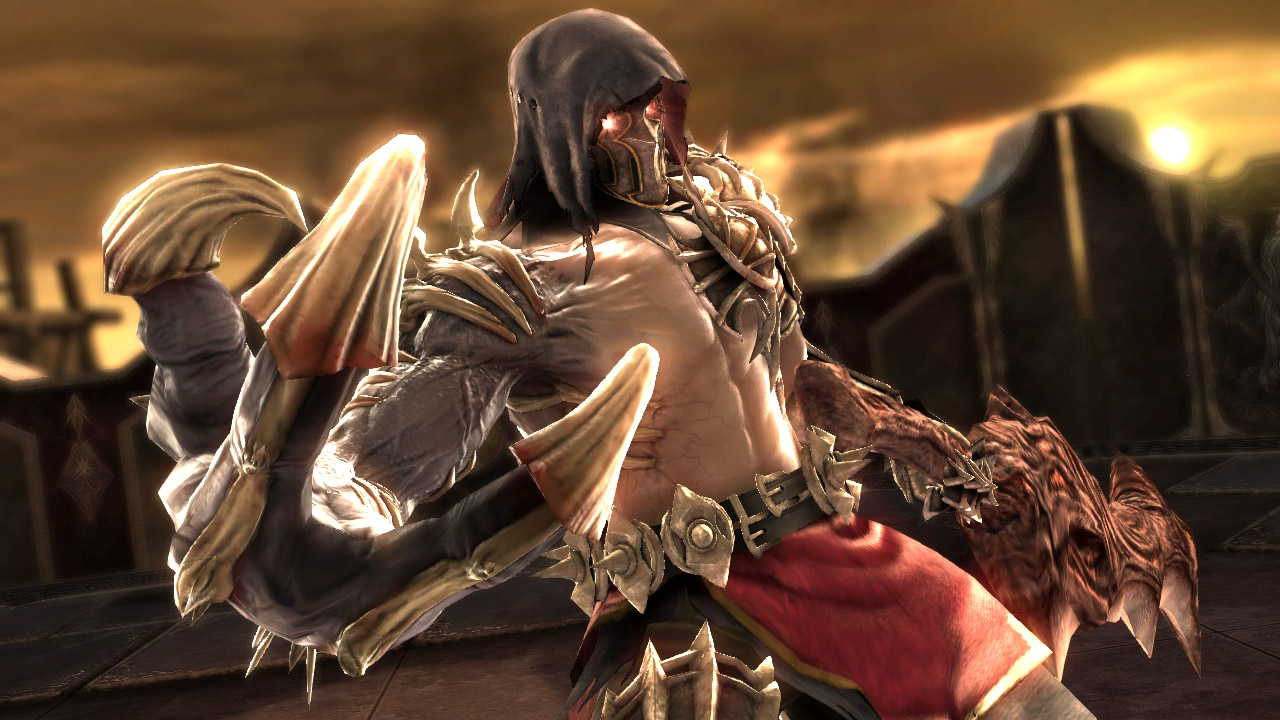
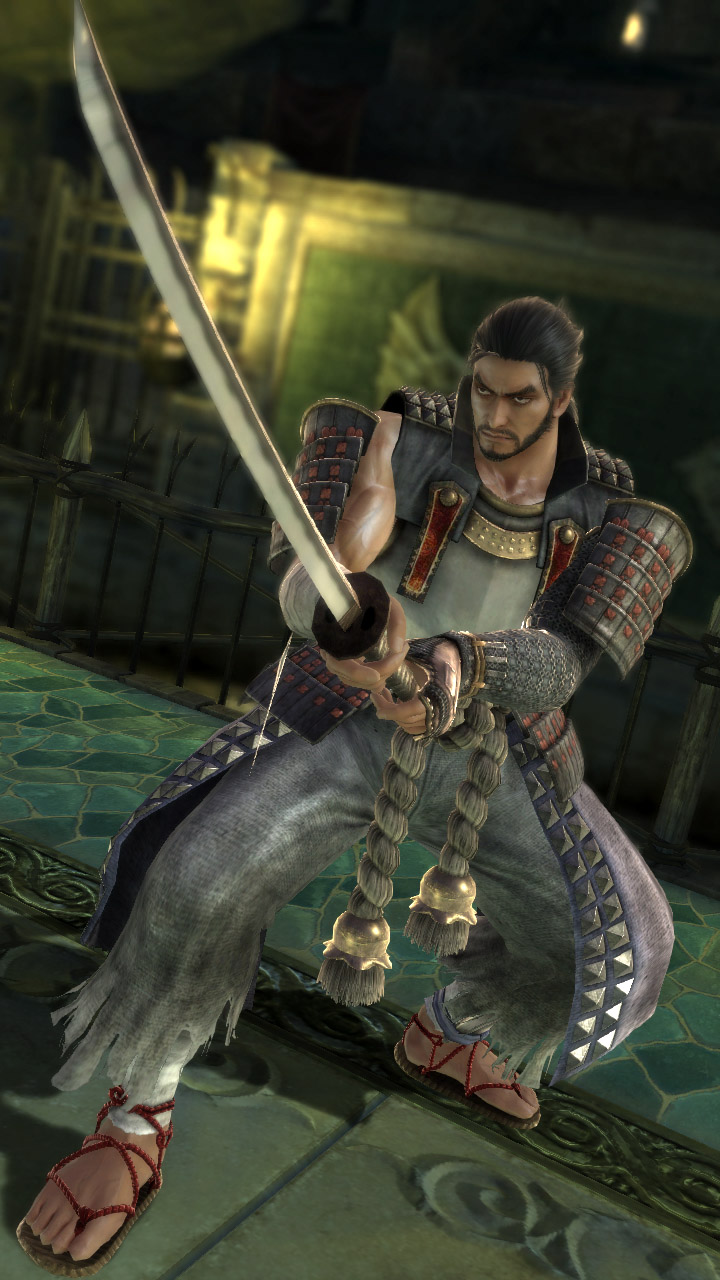
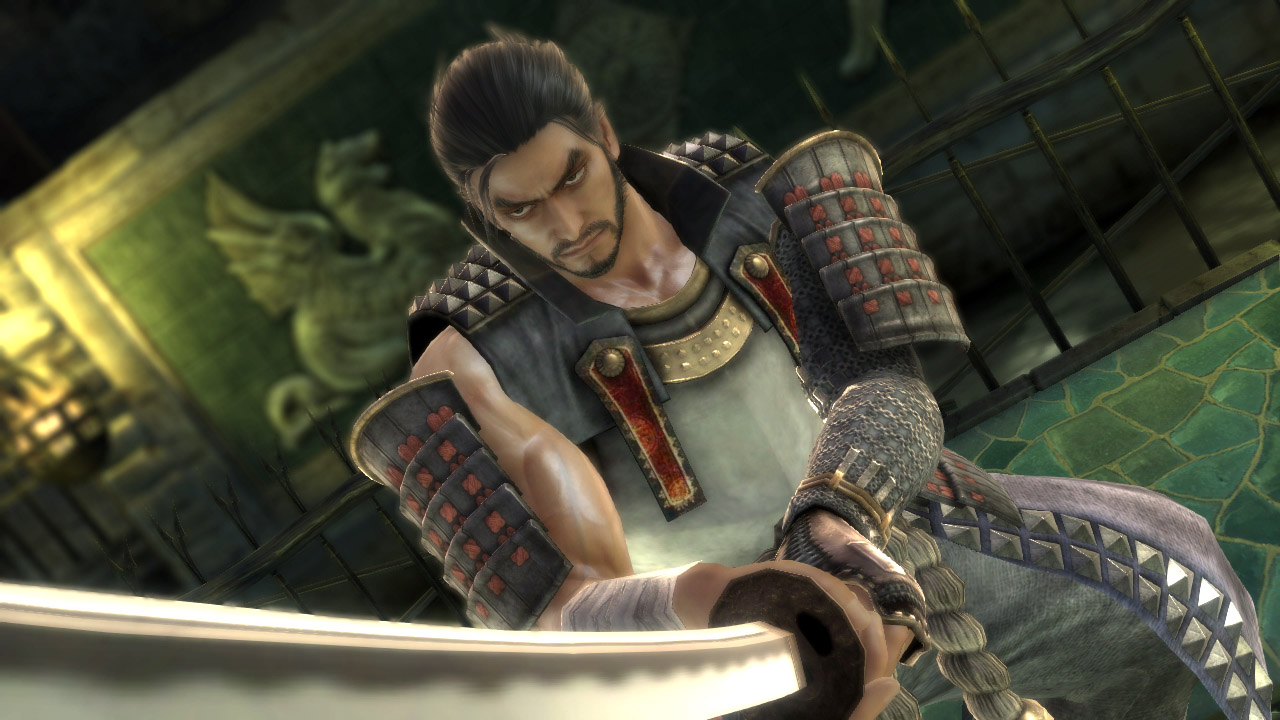
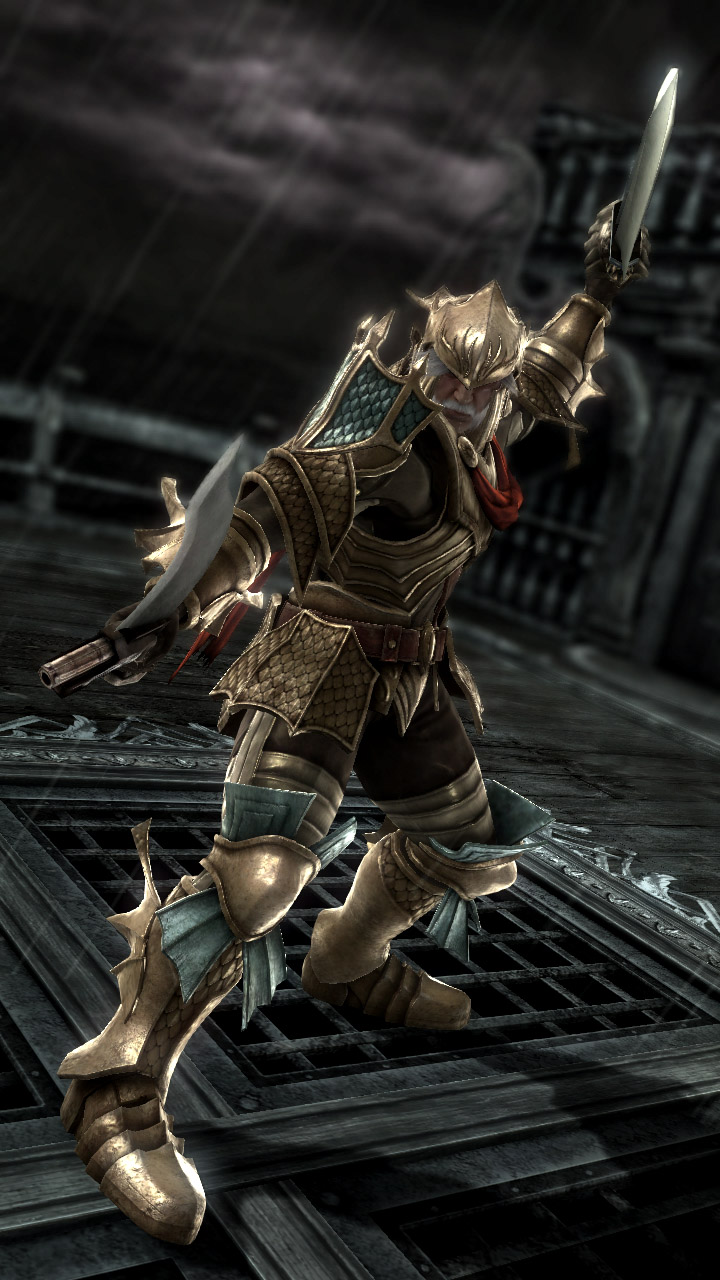
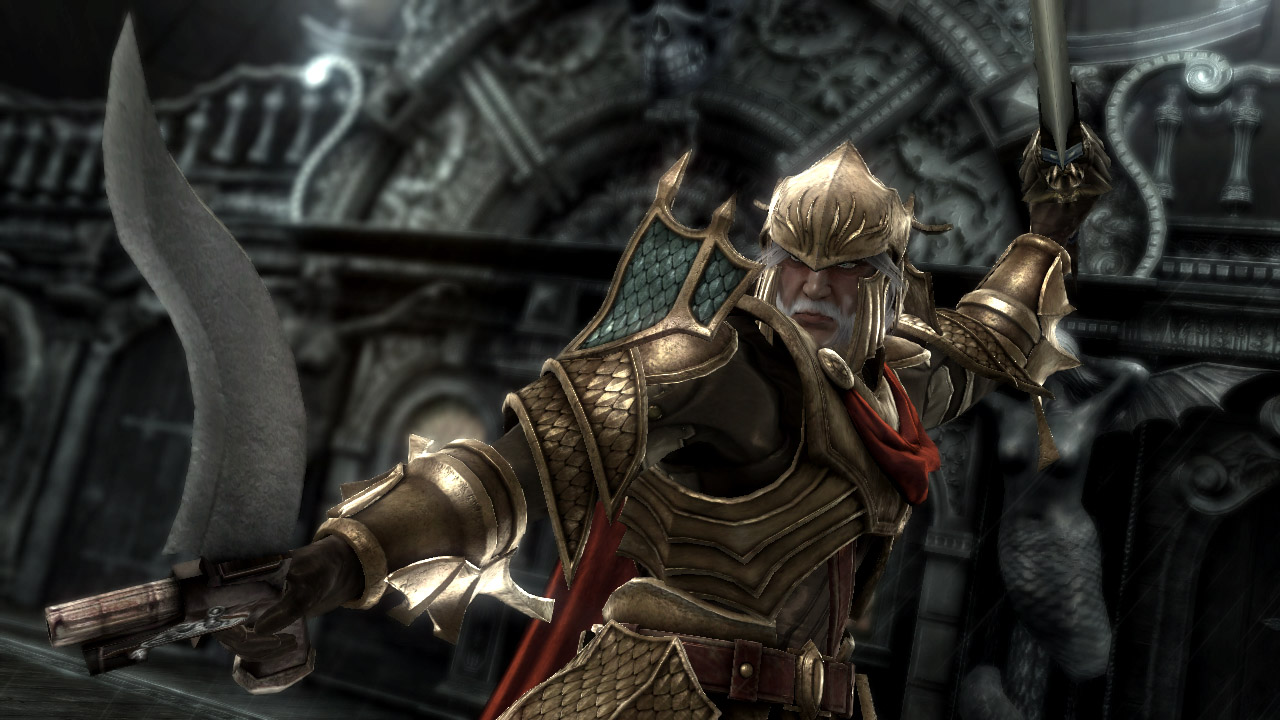
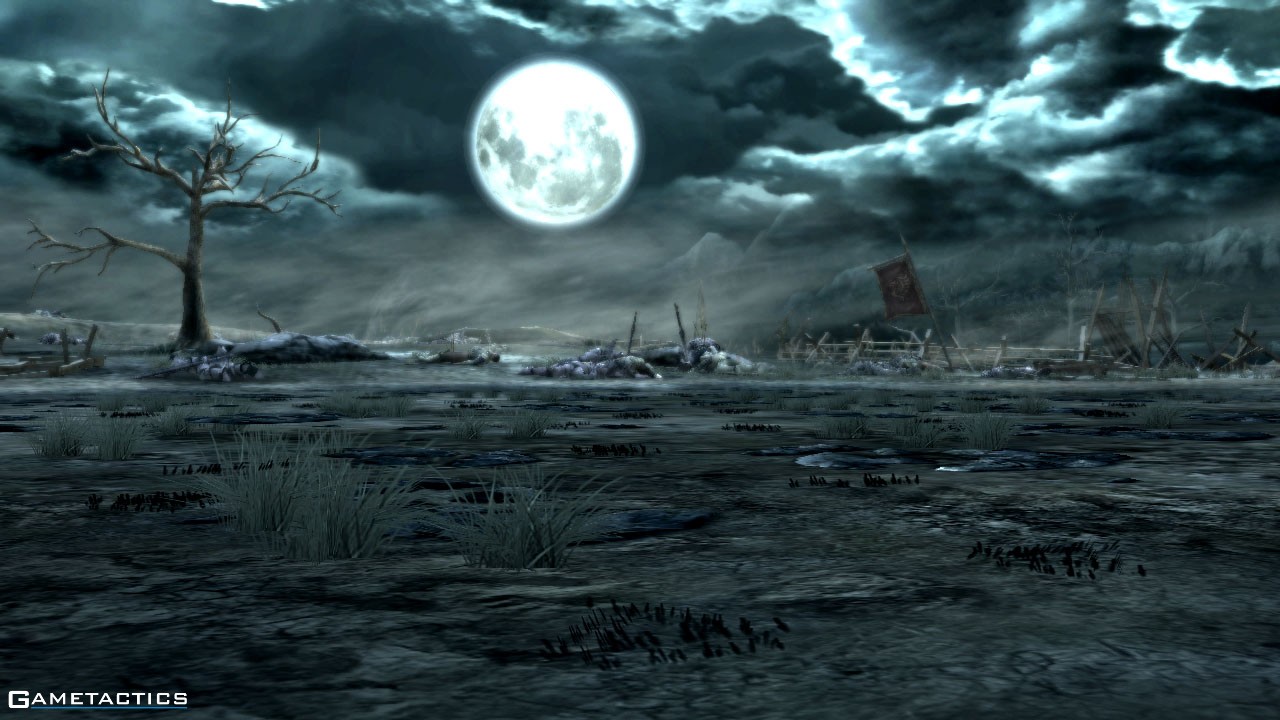
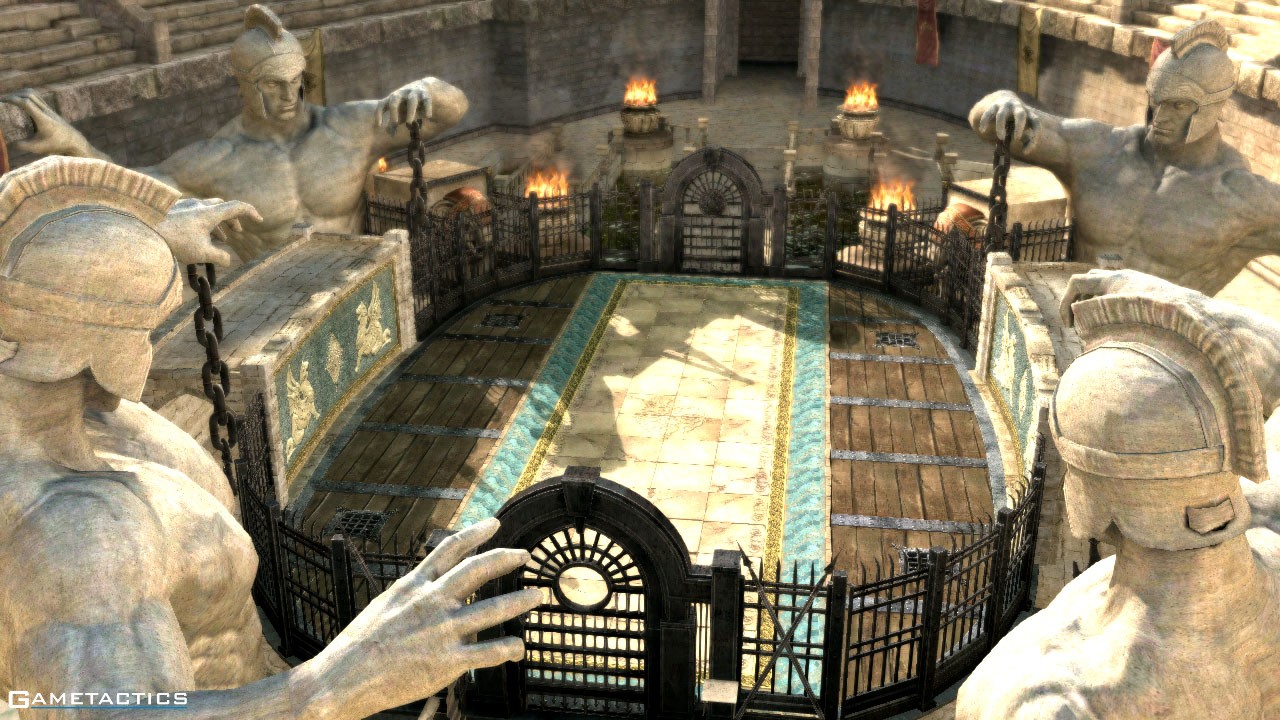
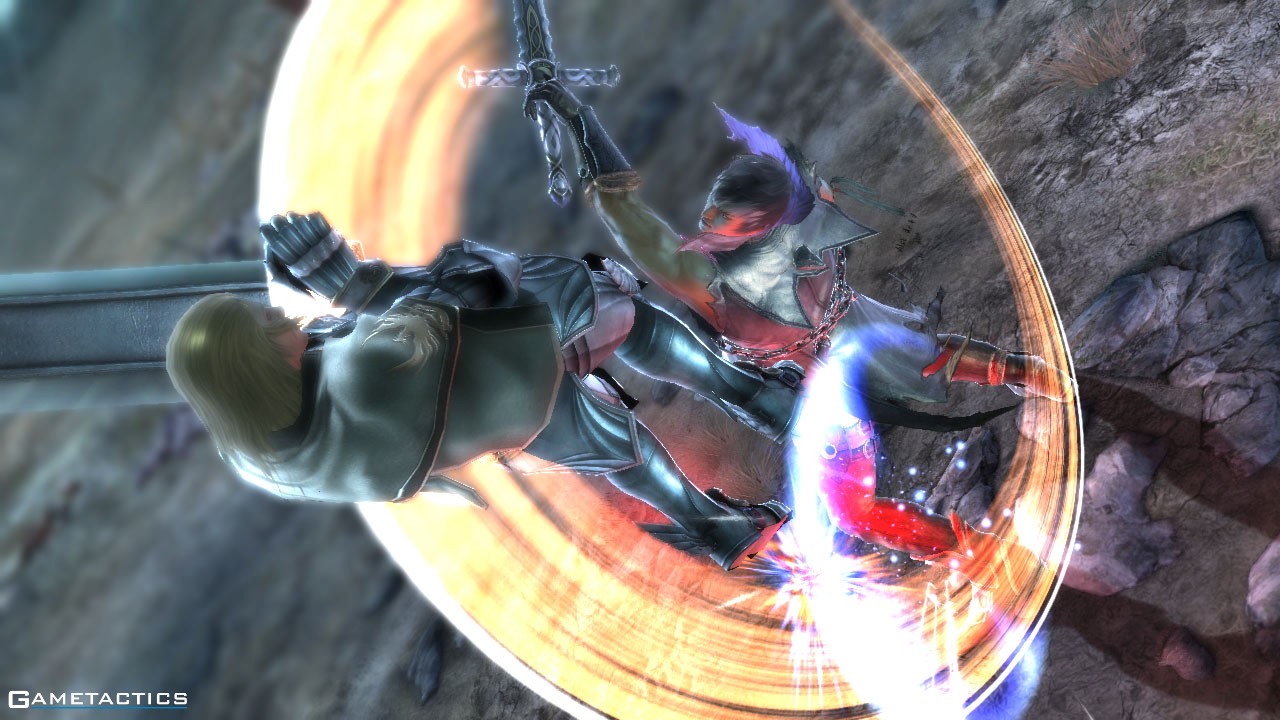
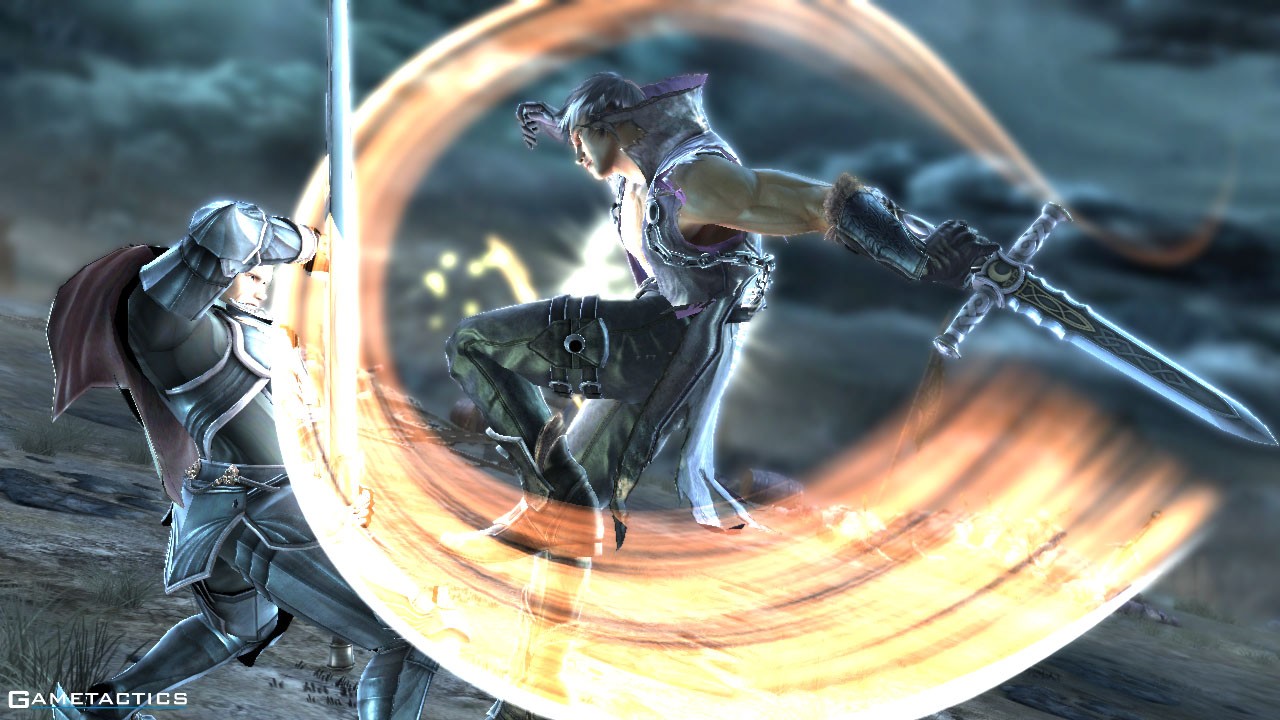
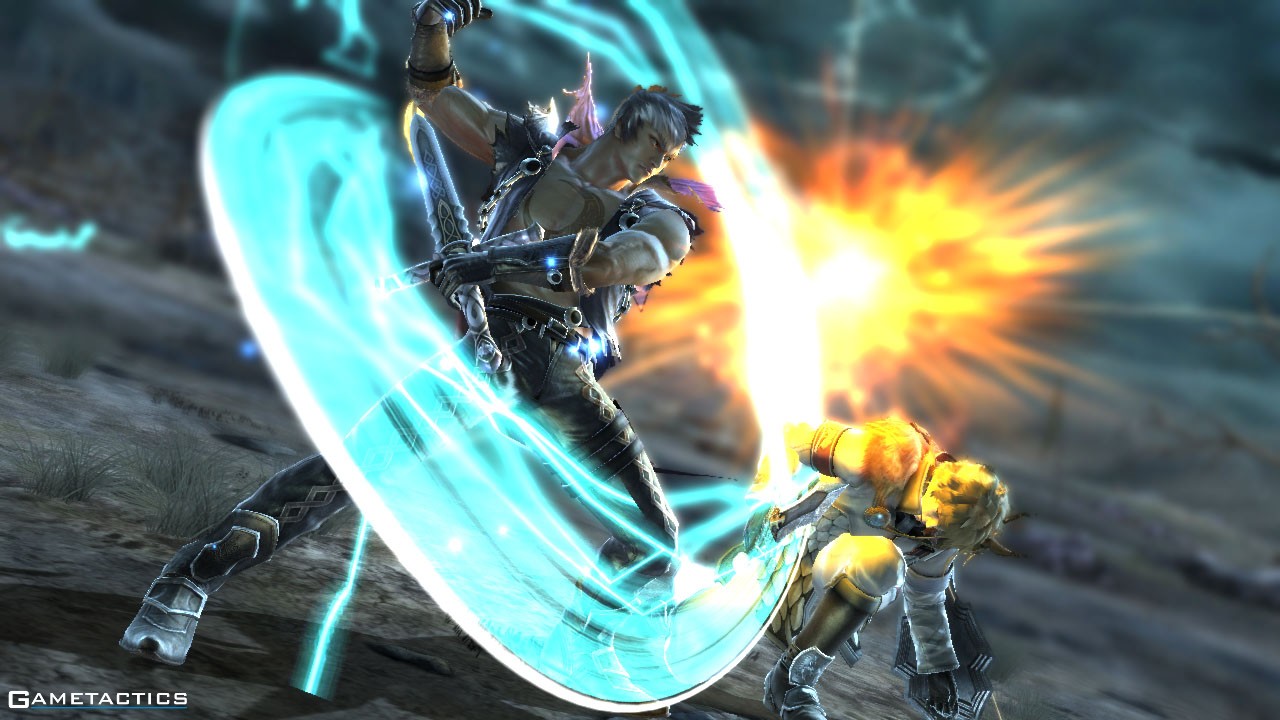
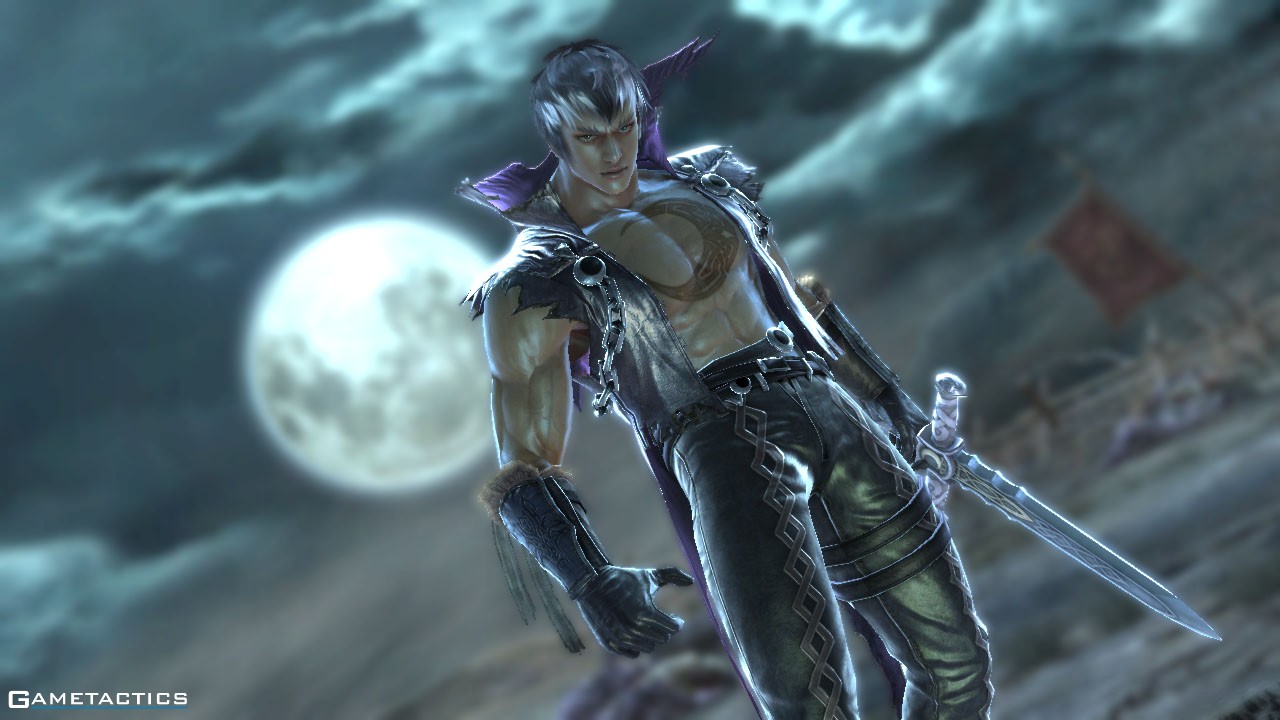
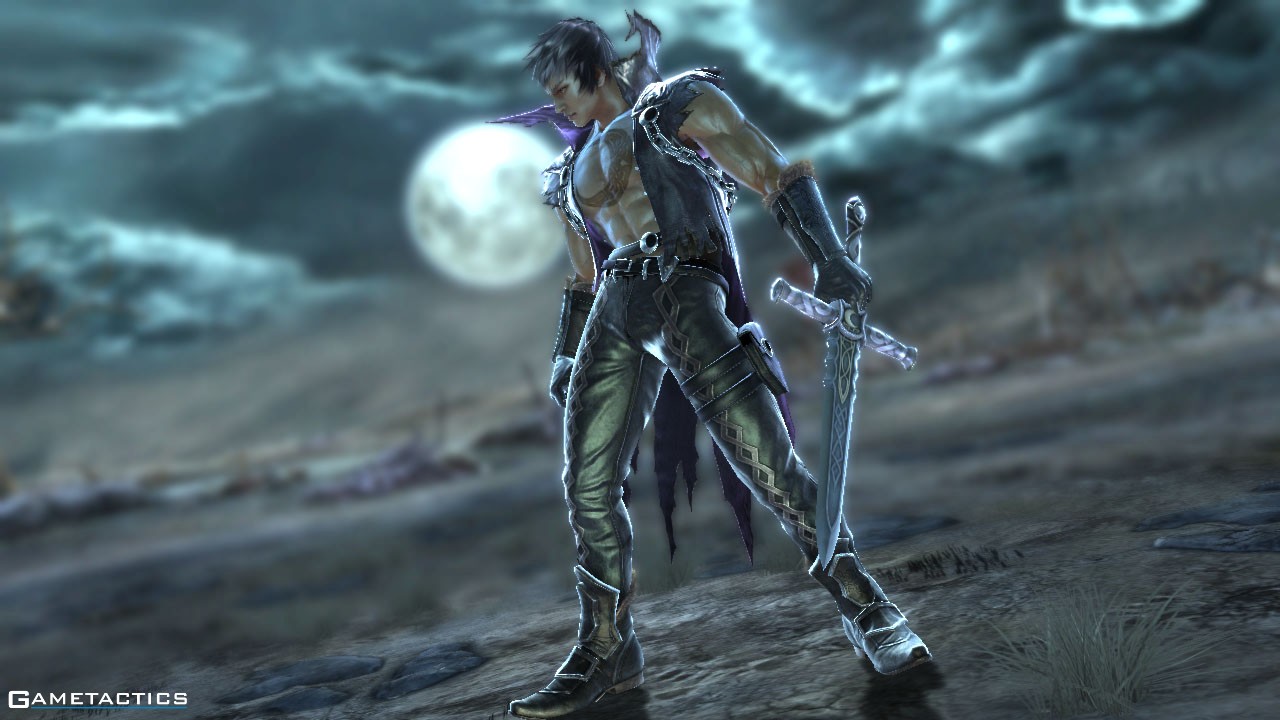
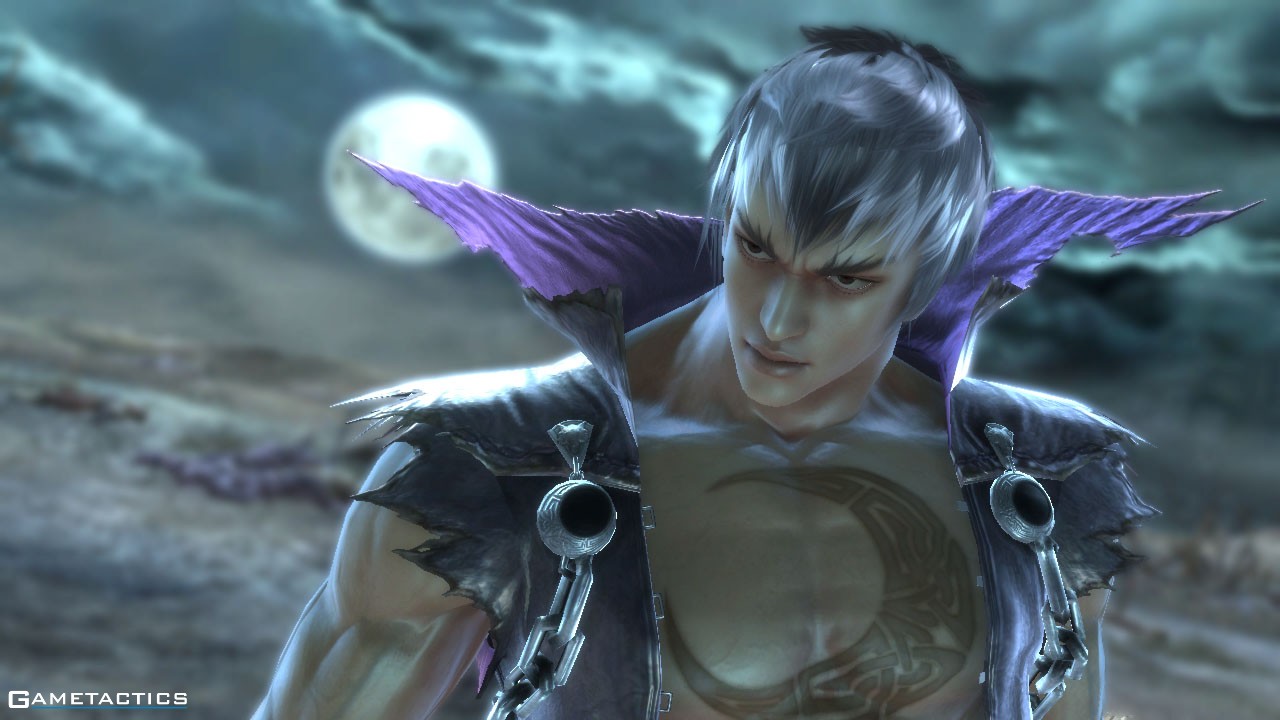
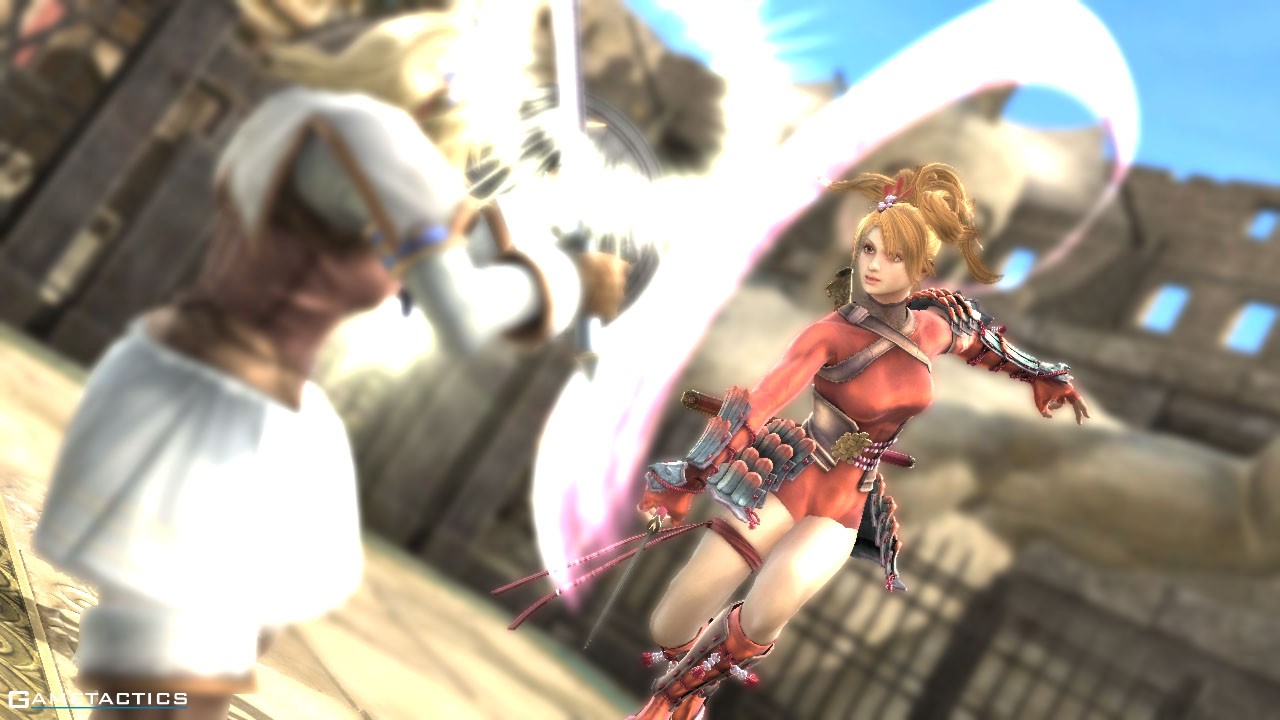
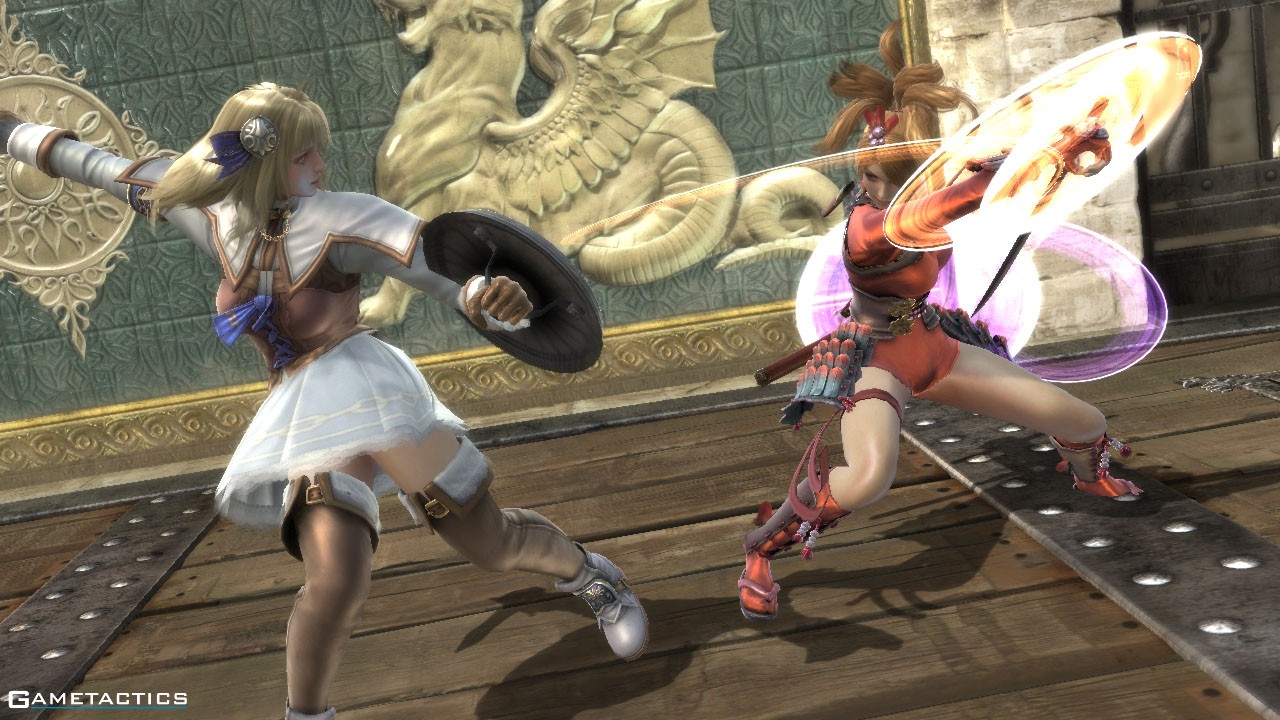
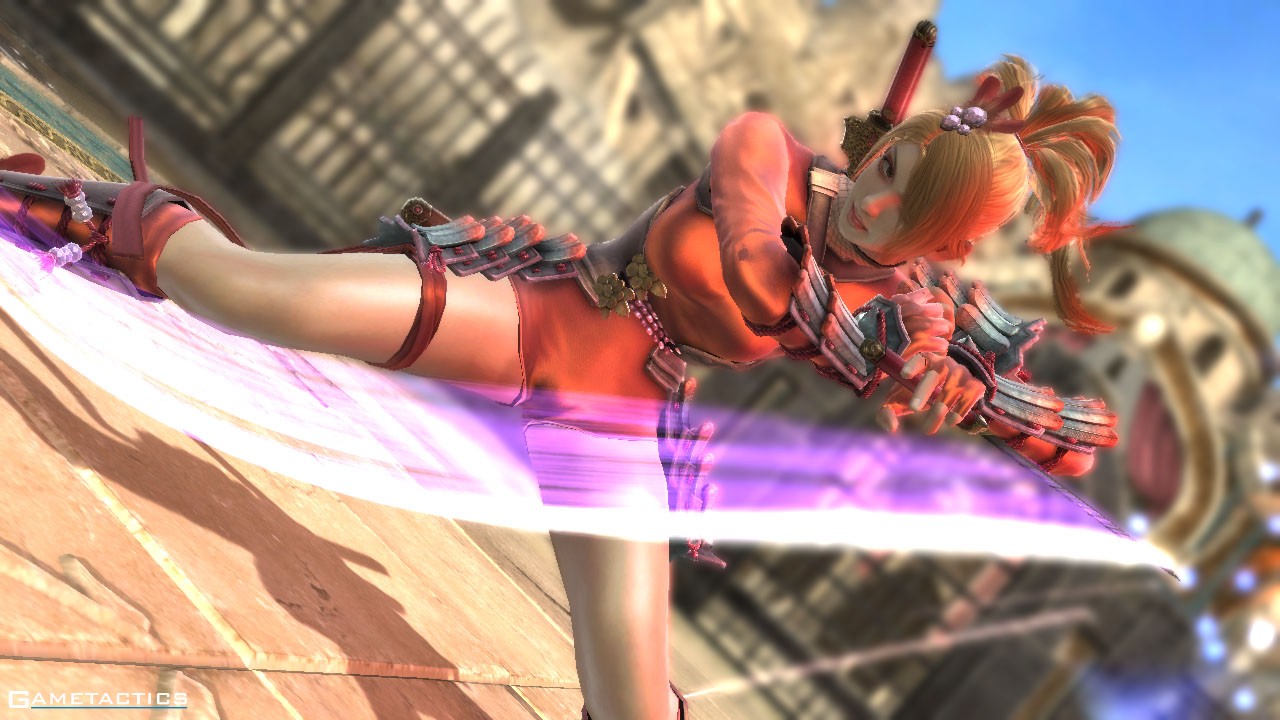
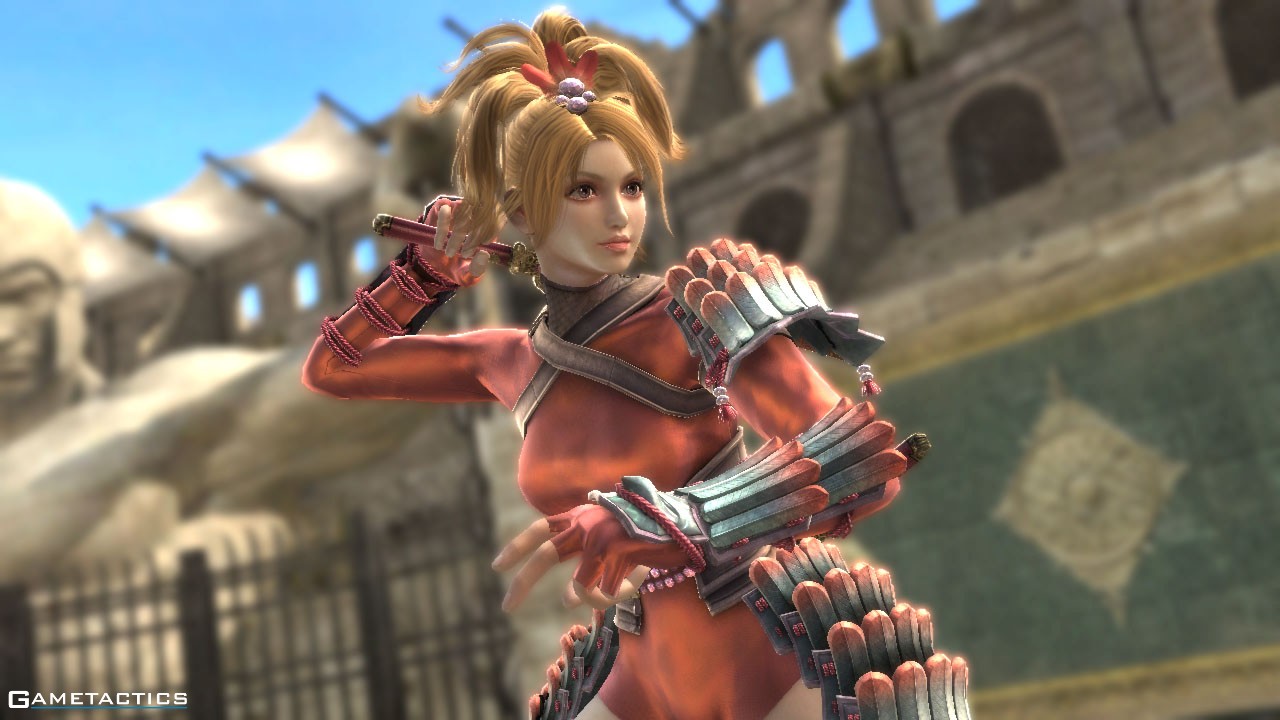
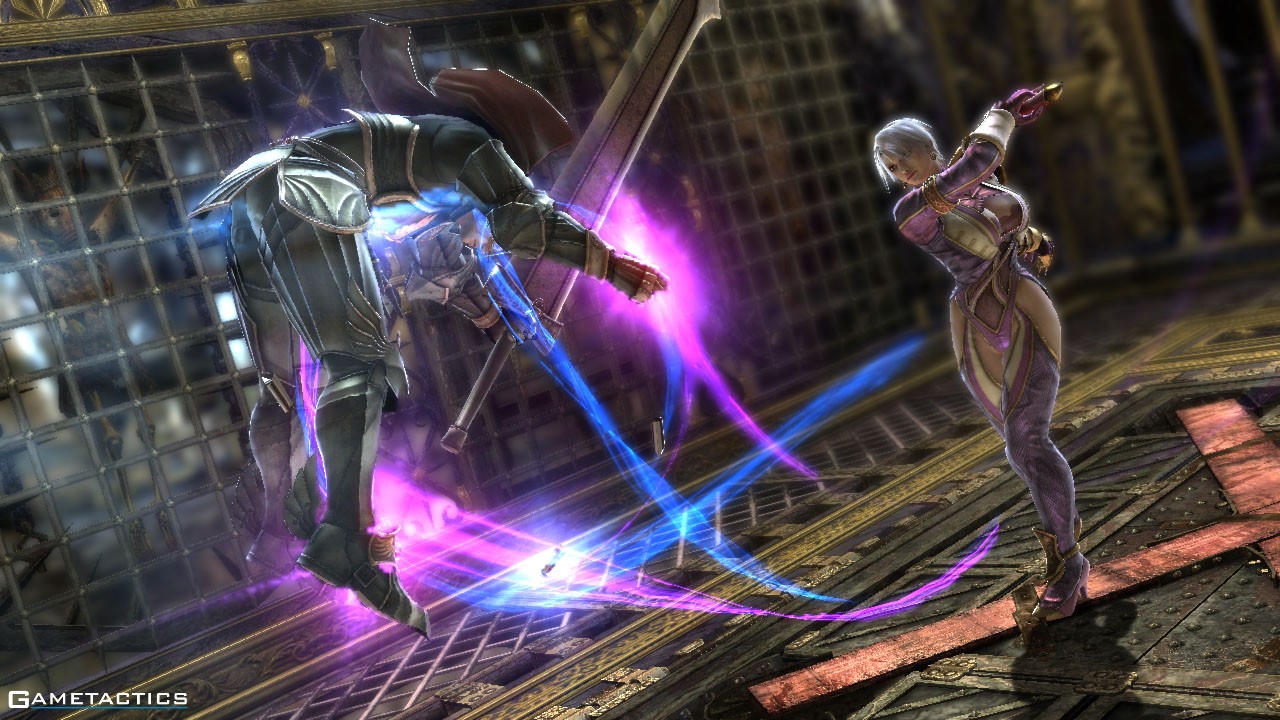
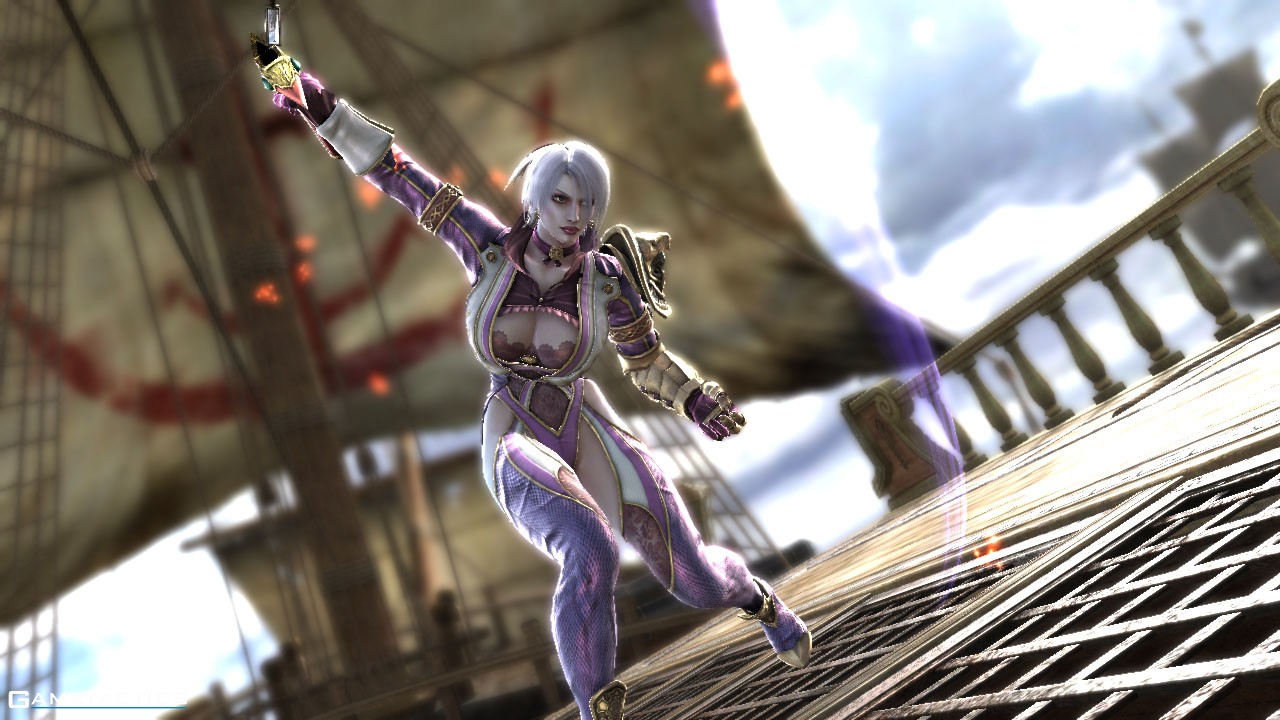
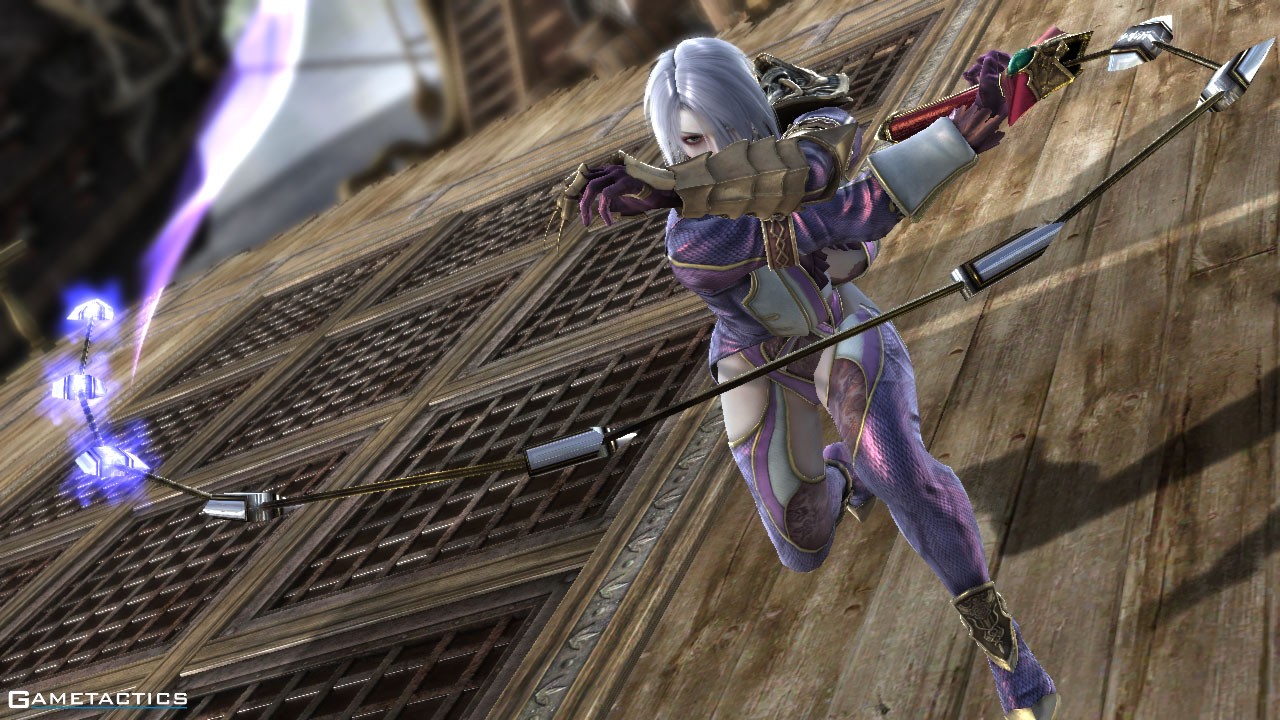
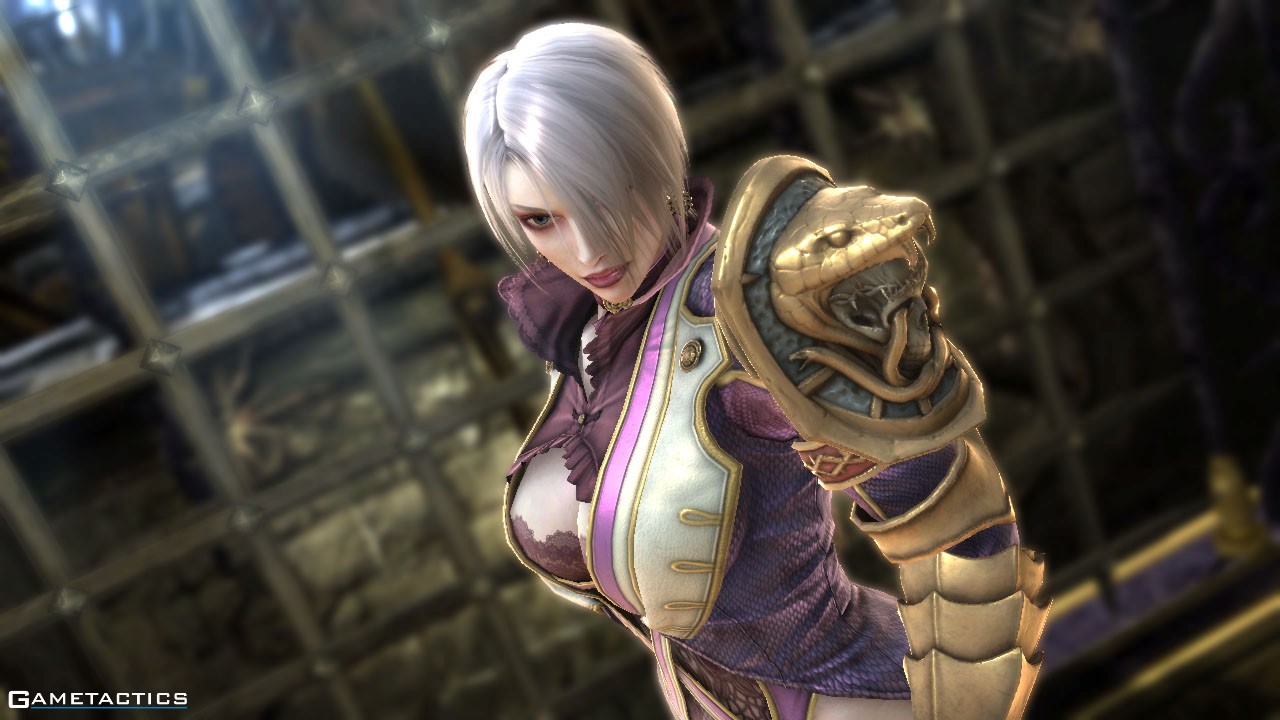


I love Soul Calibur but I’m with you, you can only make a versus fighting game so many times without it getting dull. At least this one still holds the charm! We’ll see when it reaches Soul Calibur VII if it’s still fun.